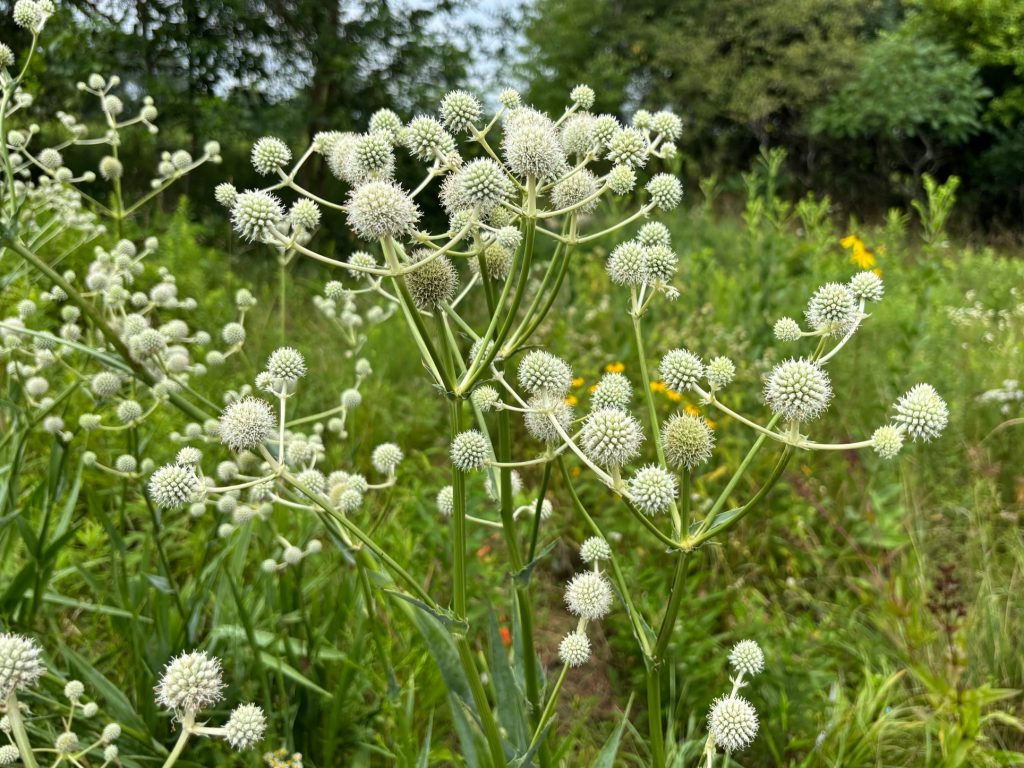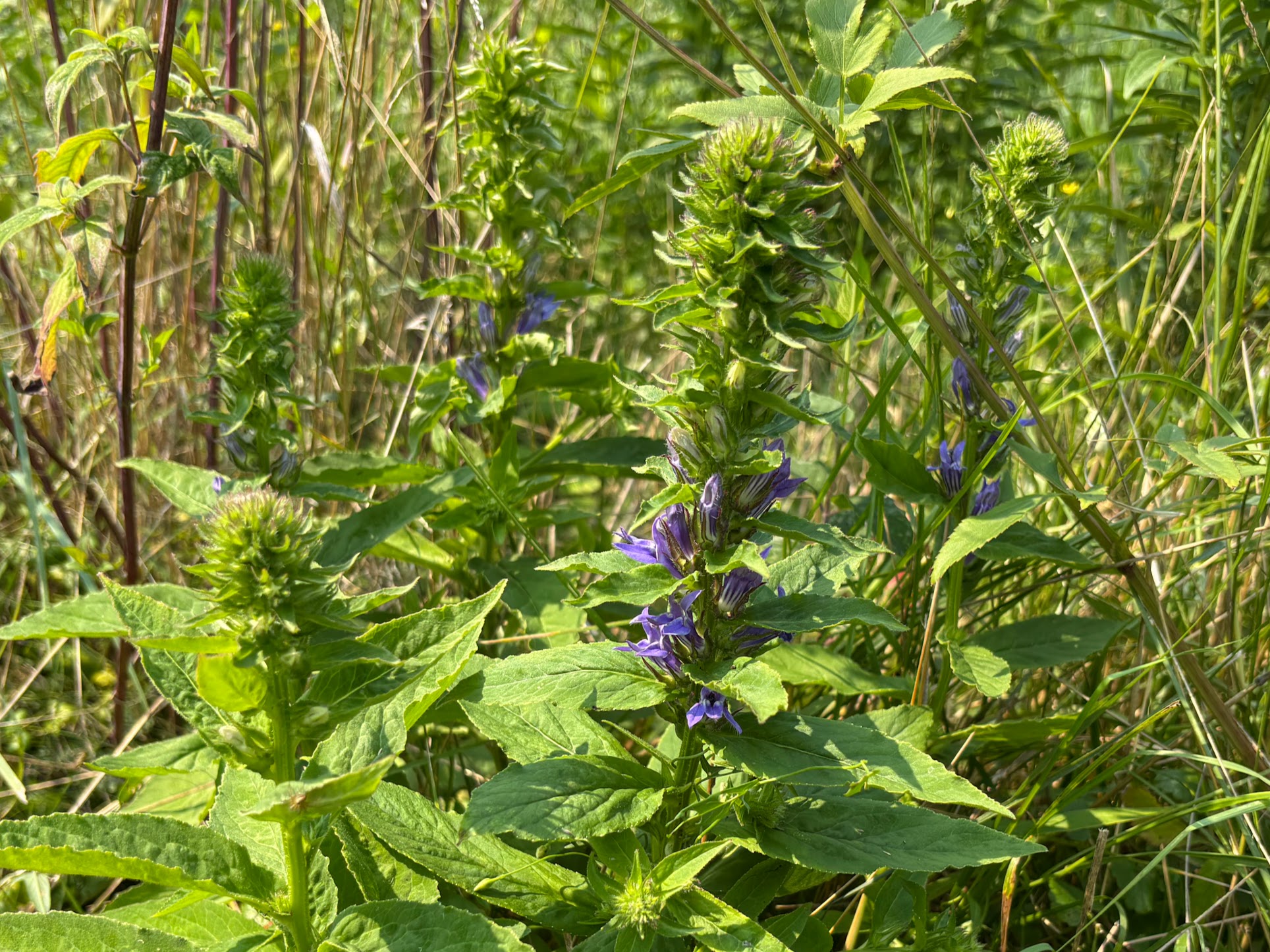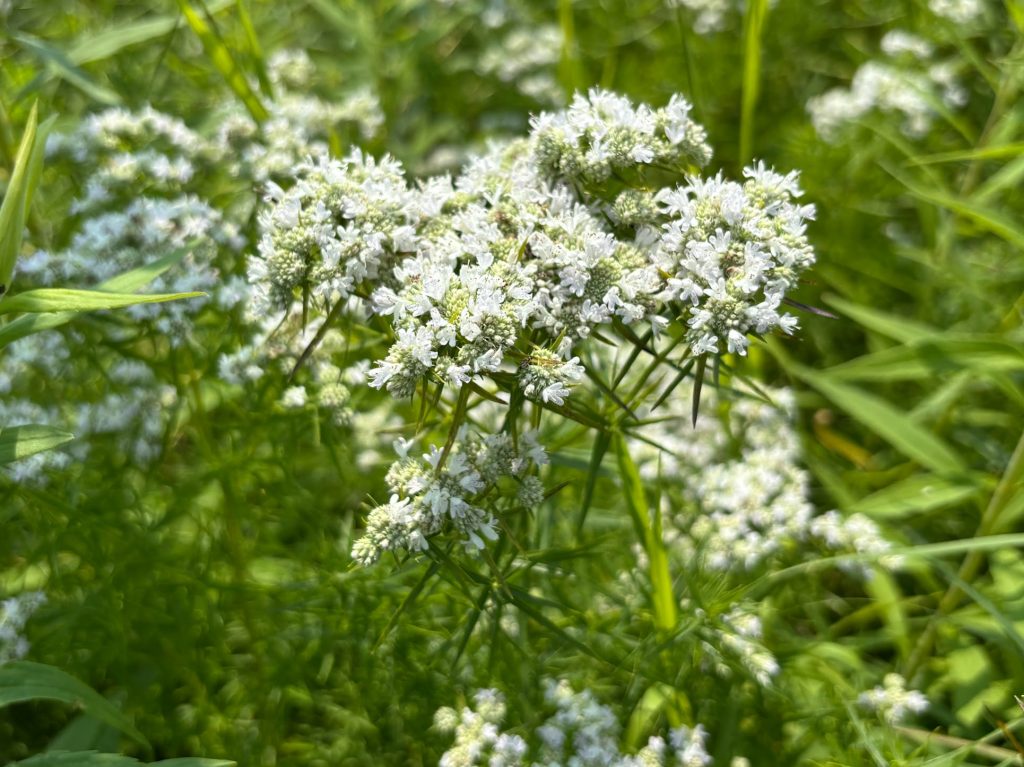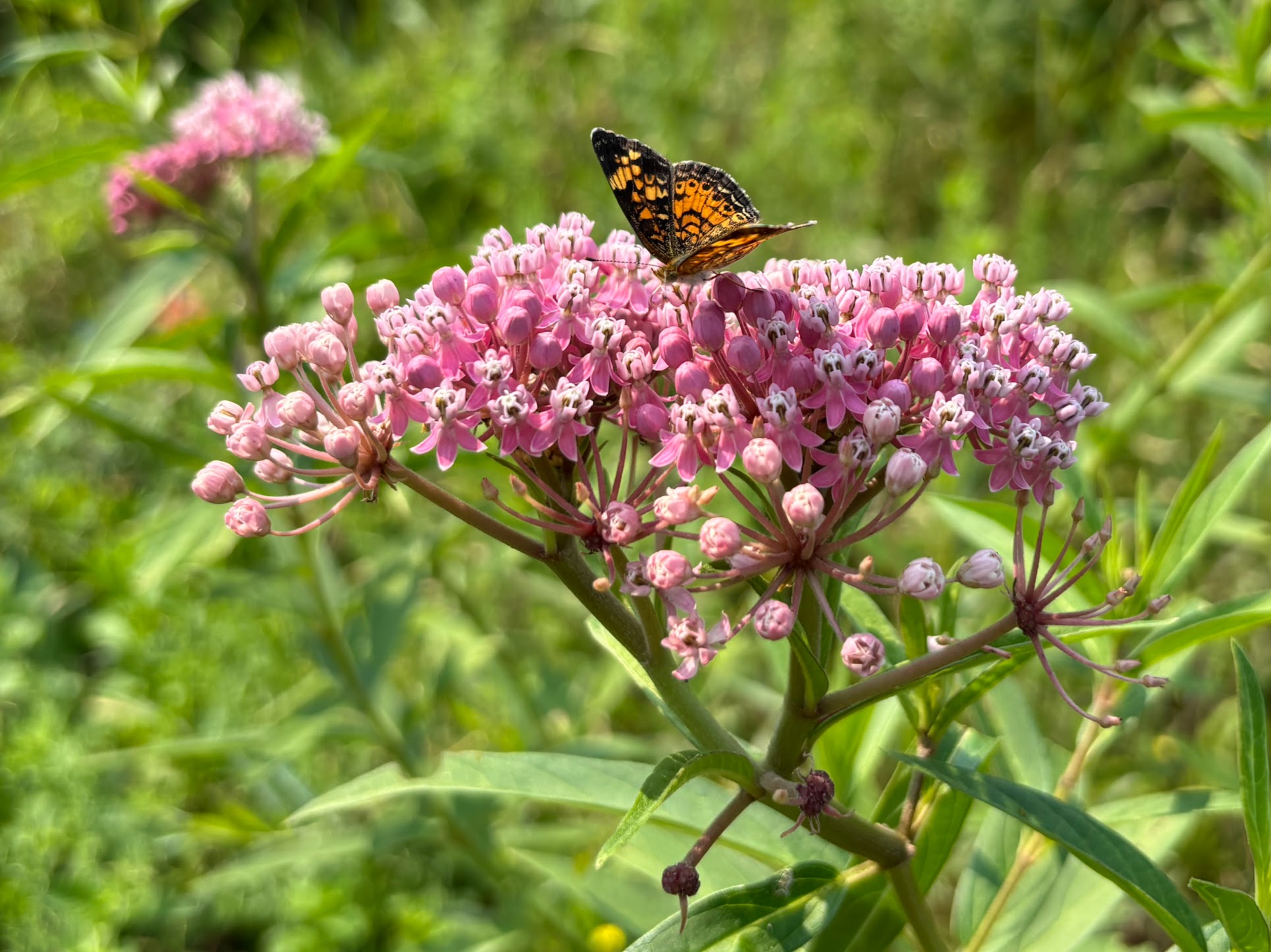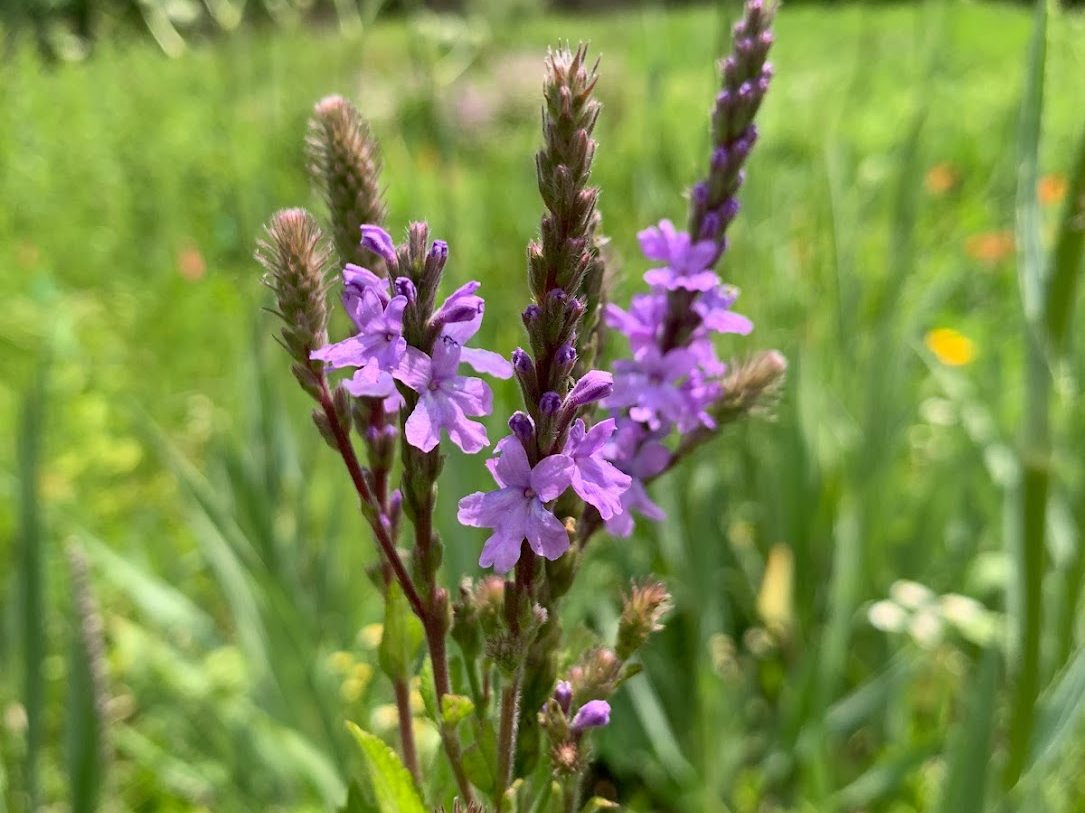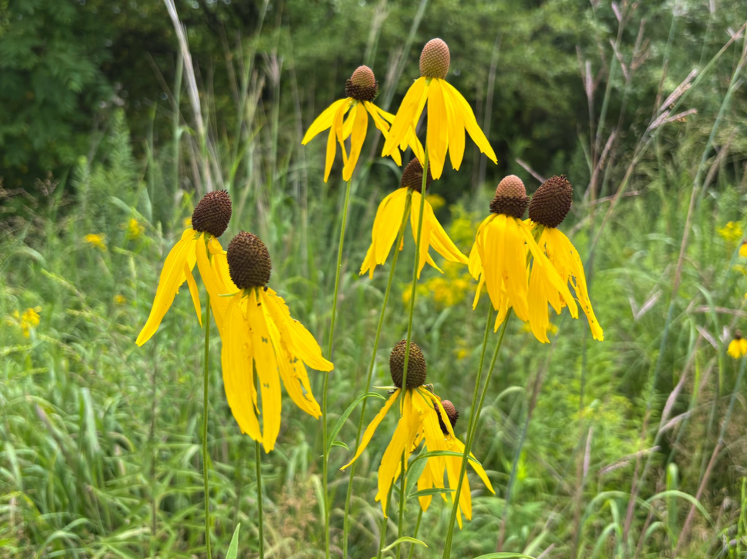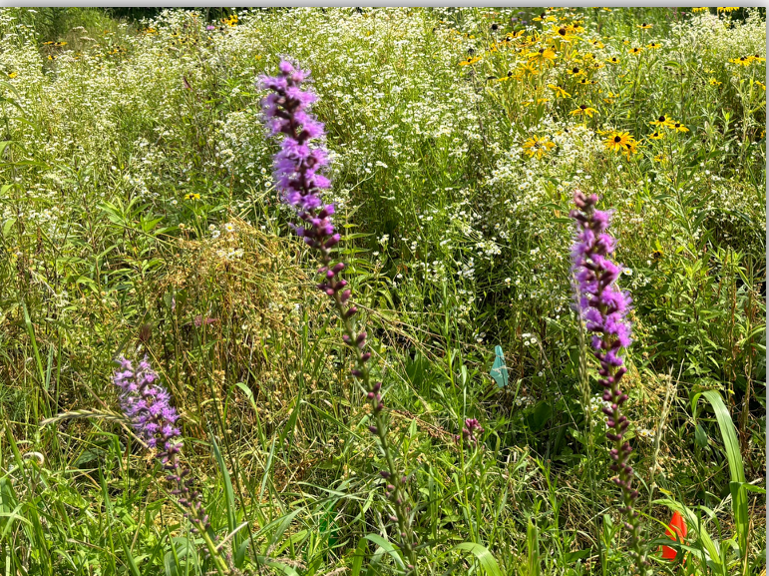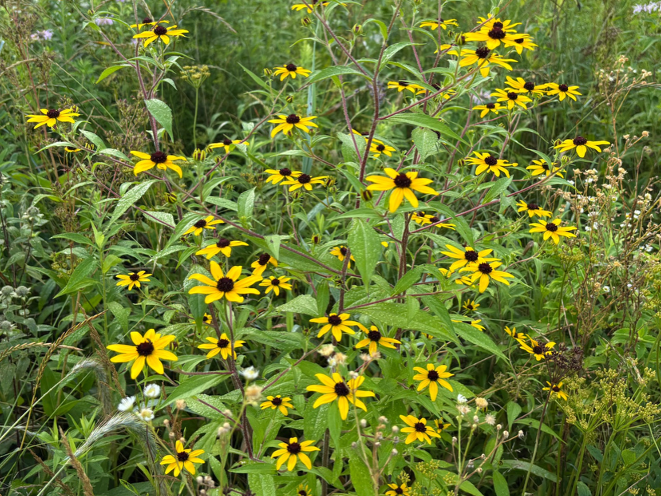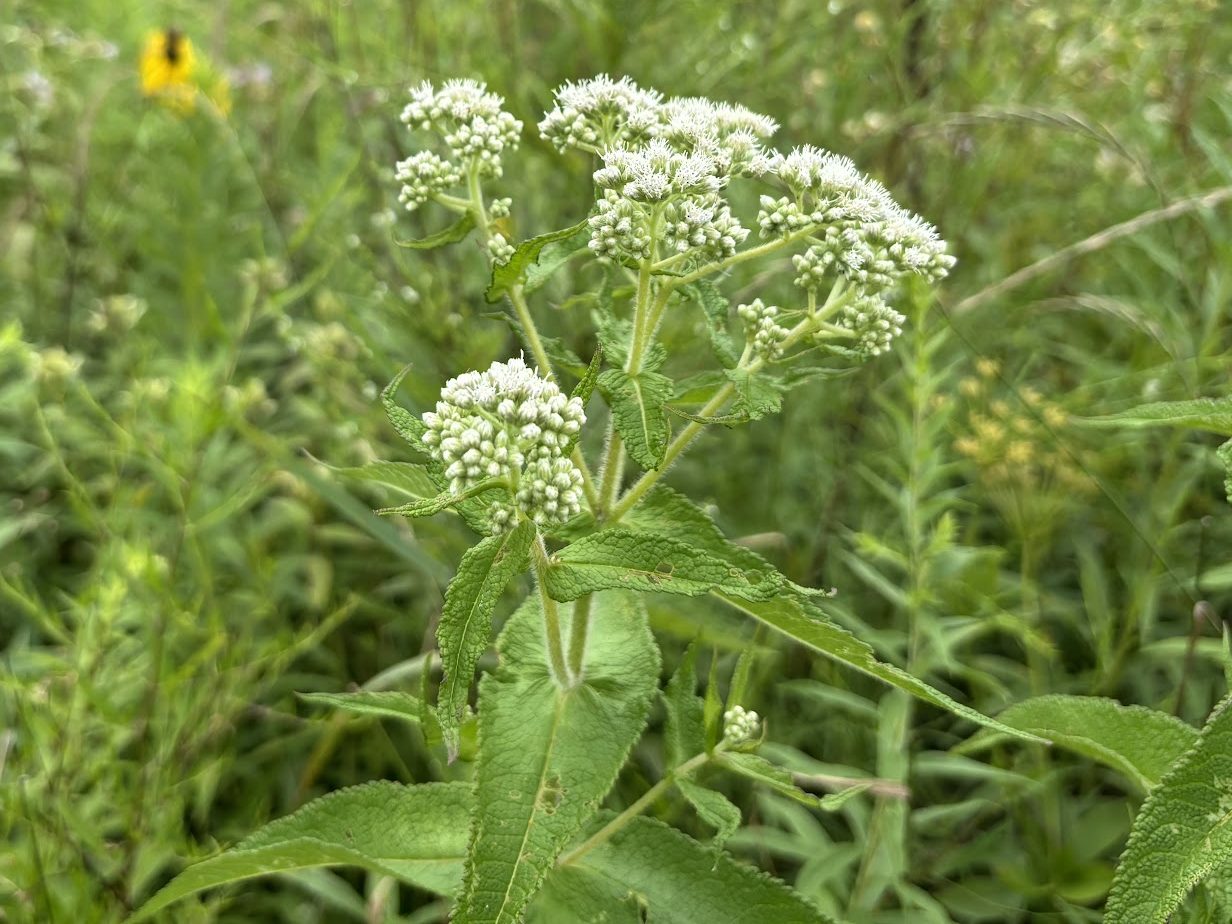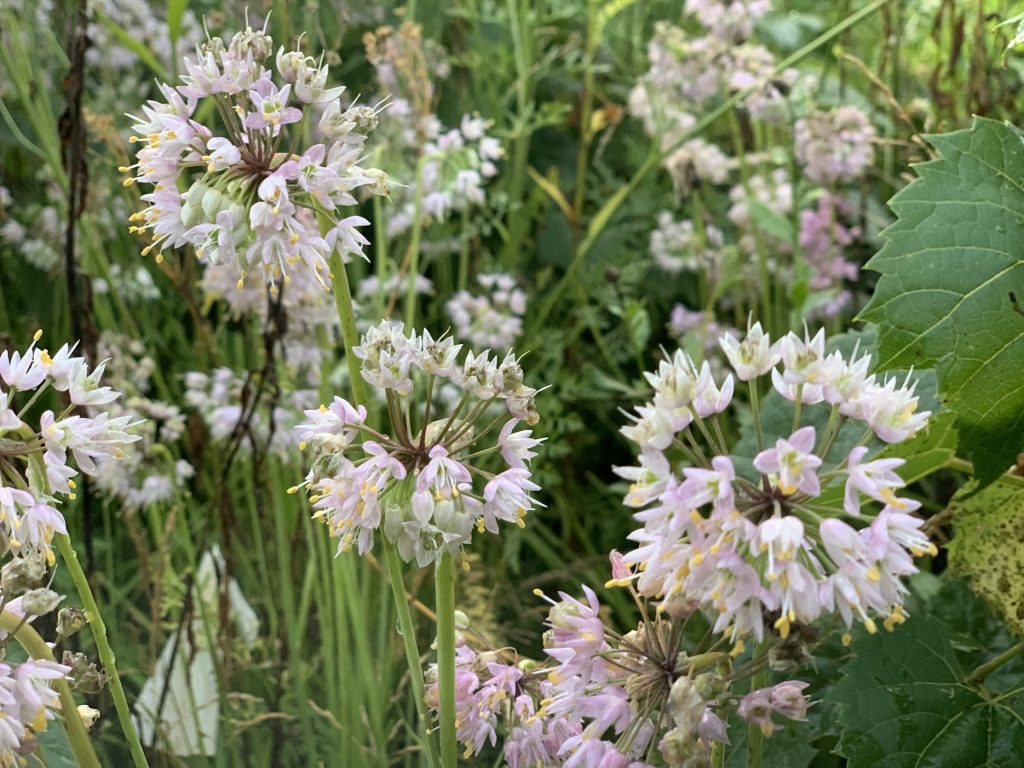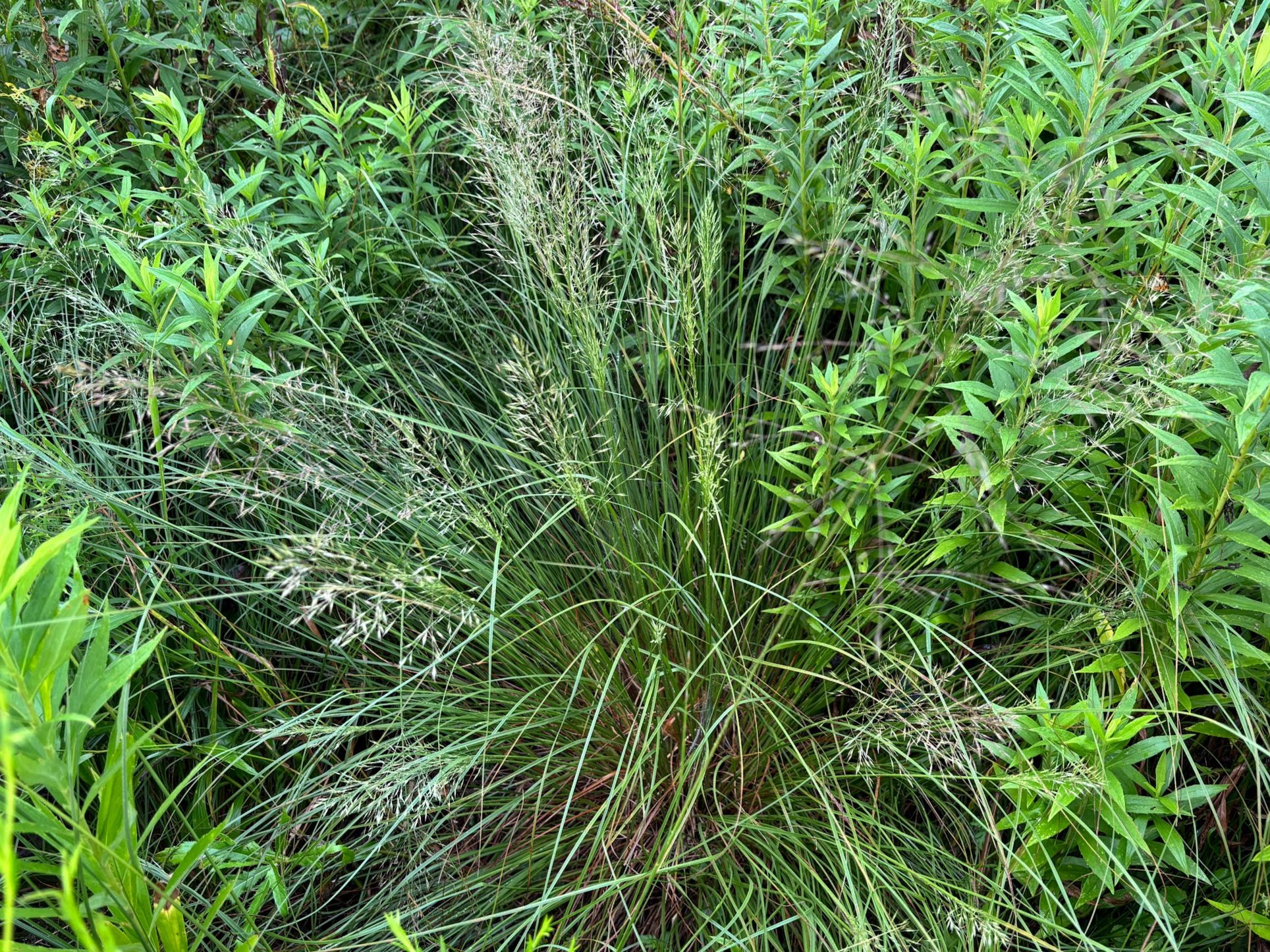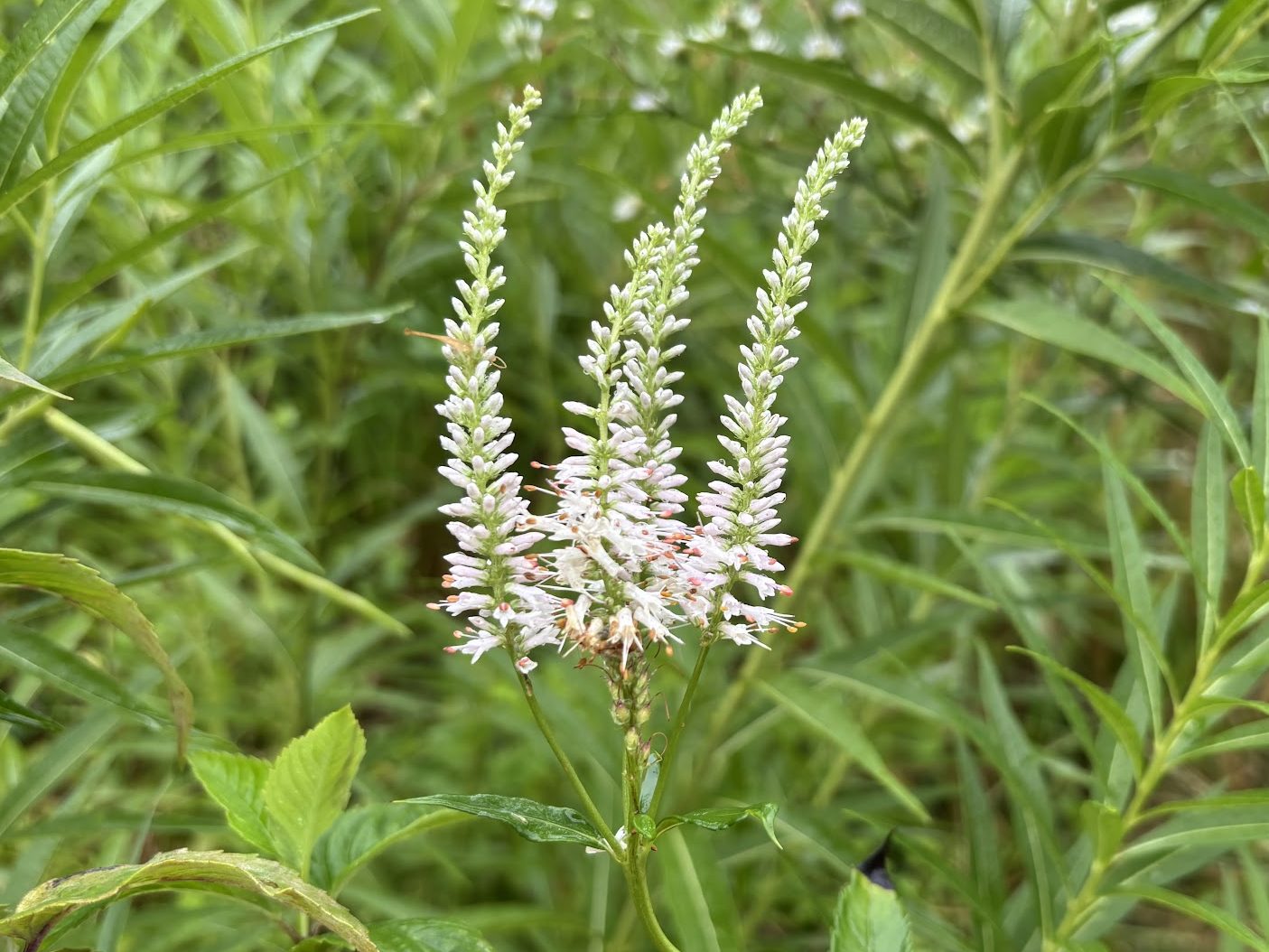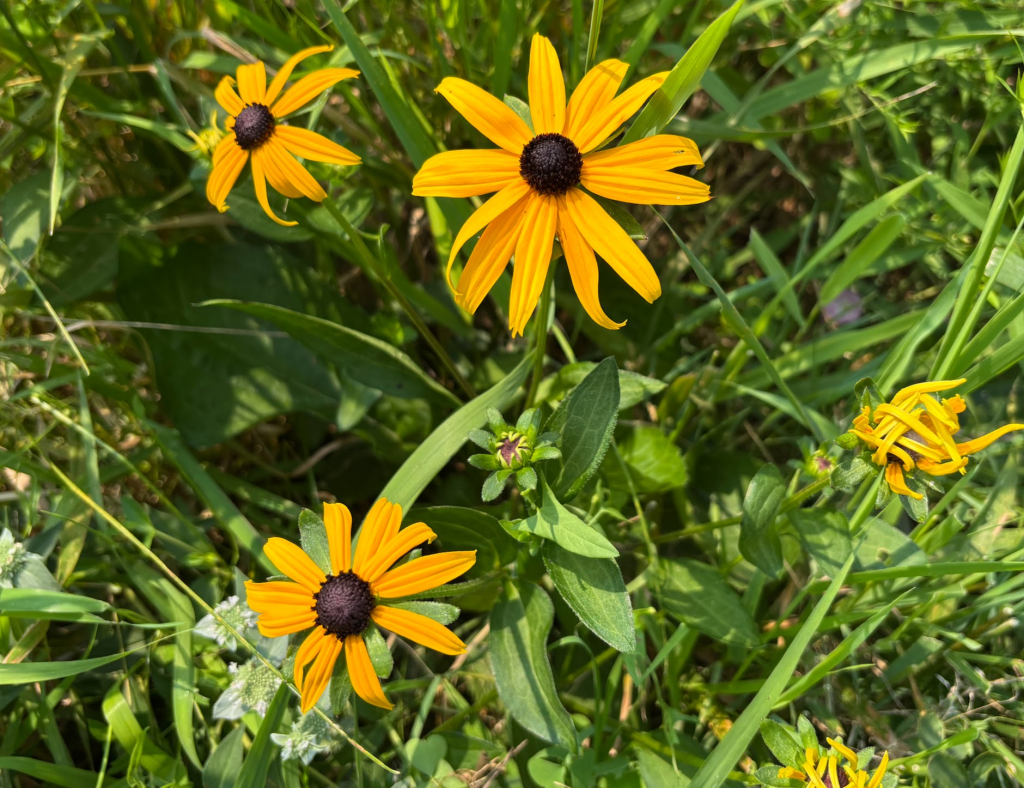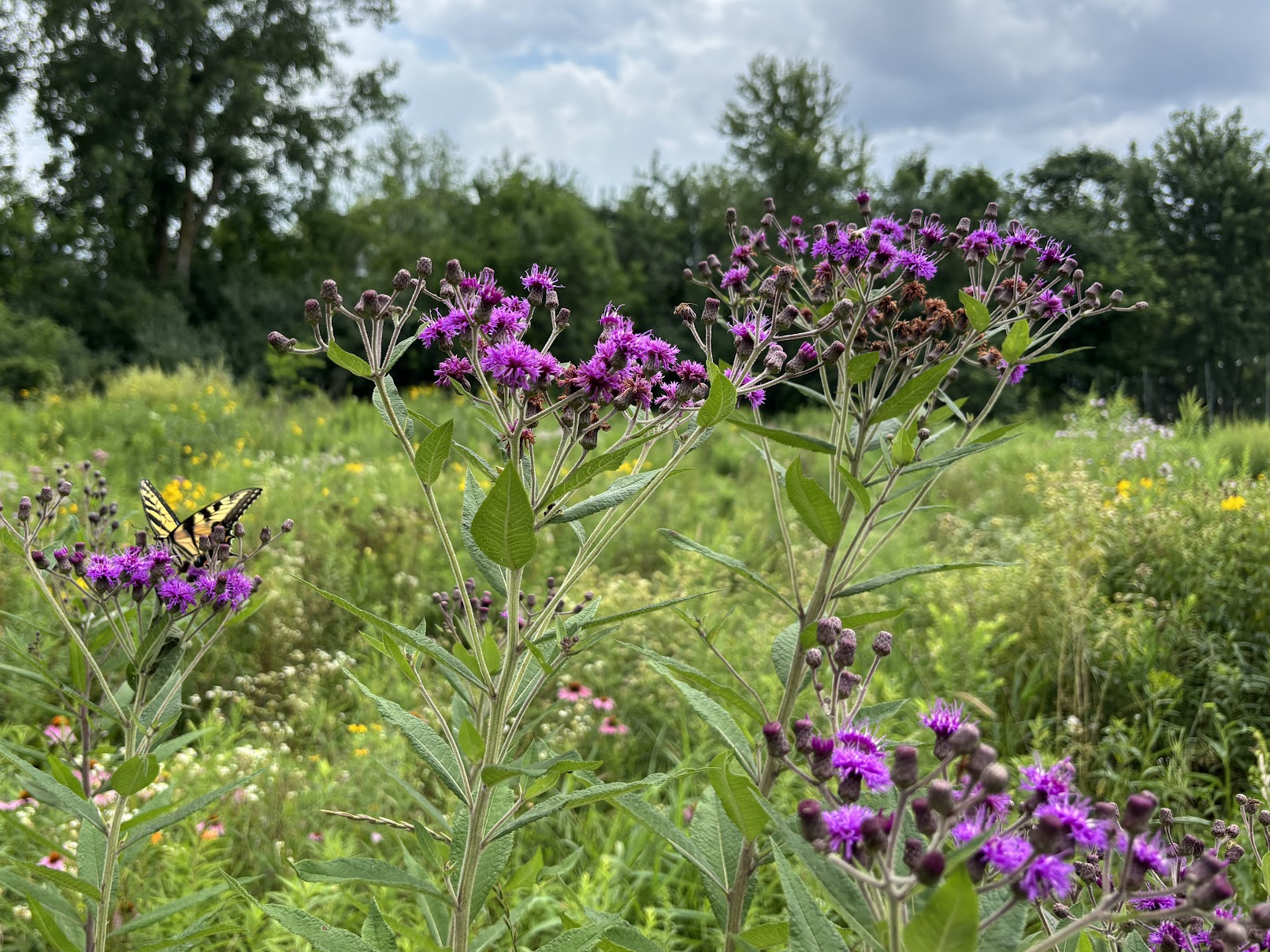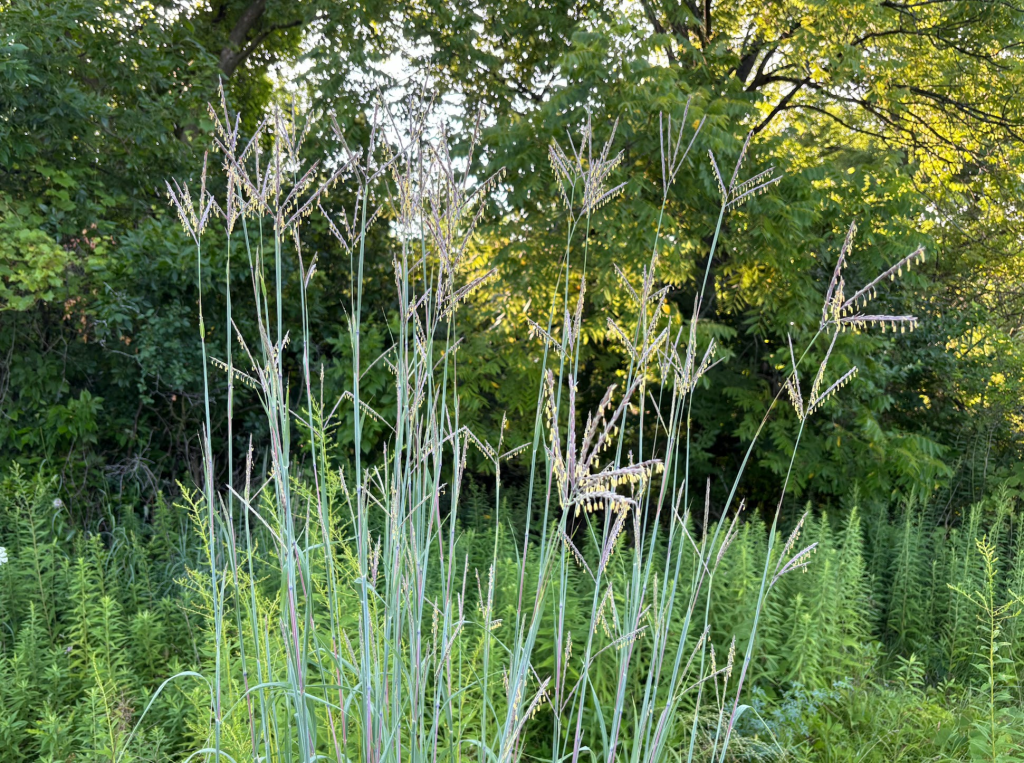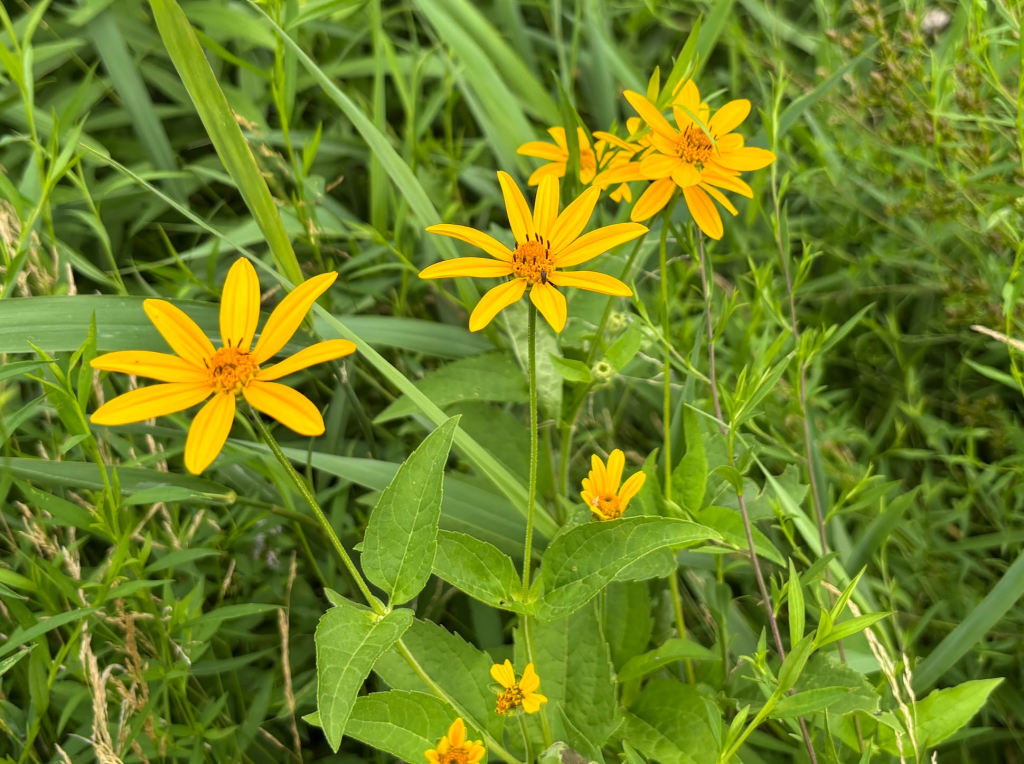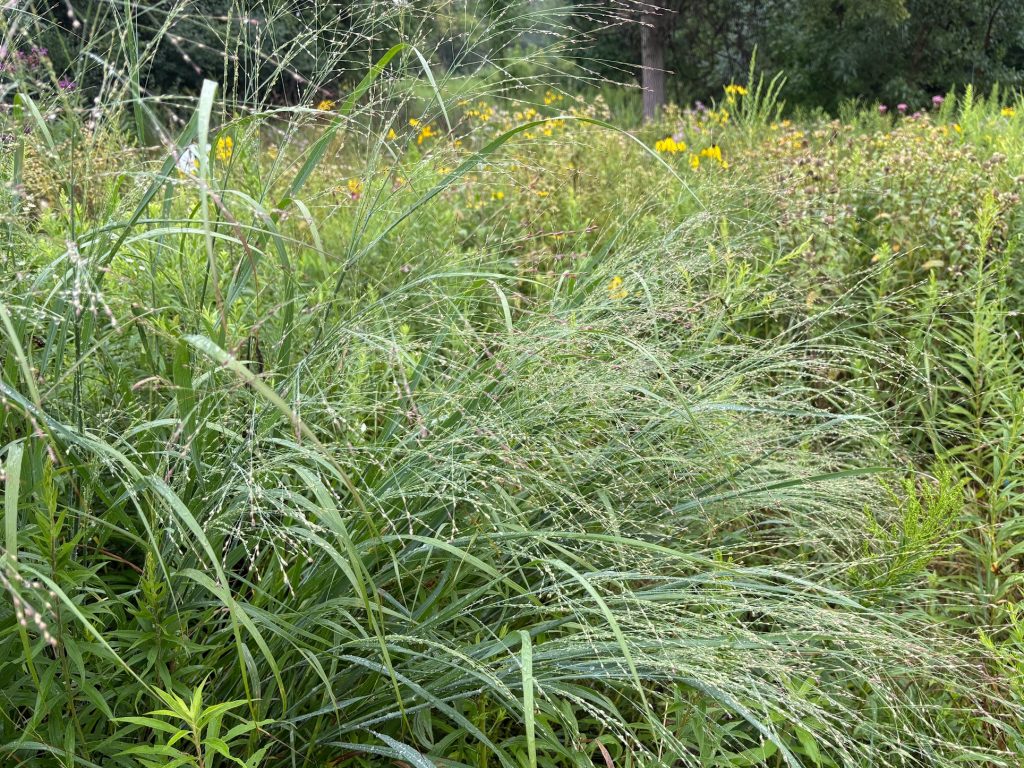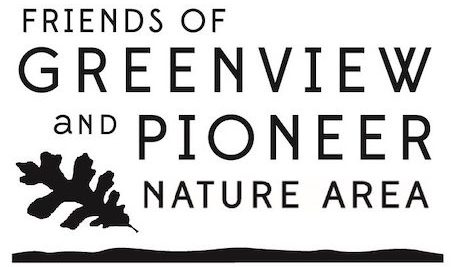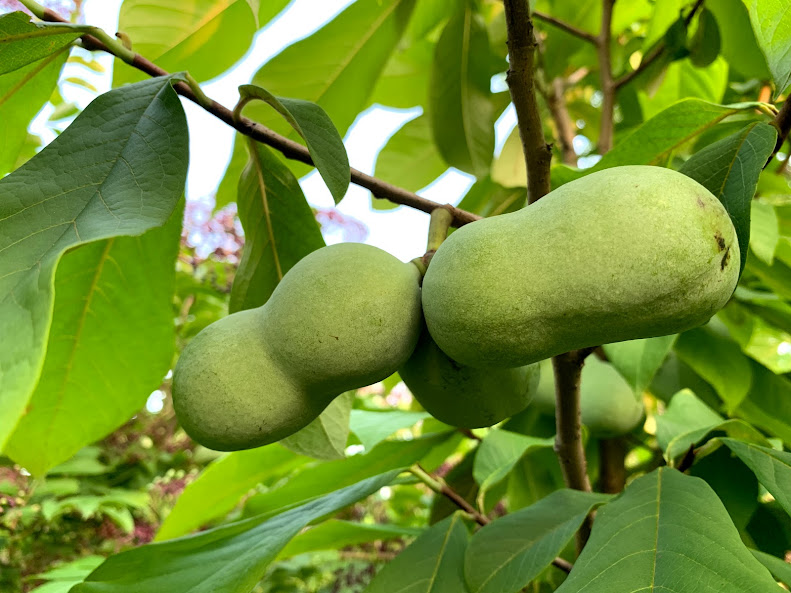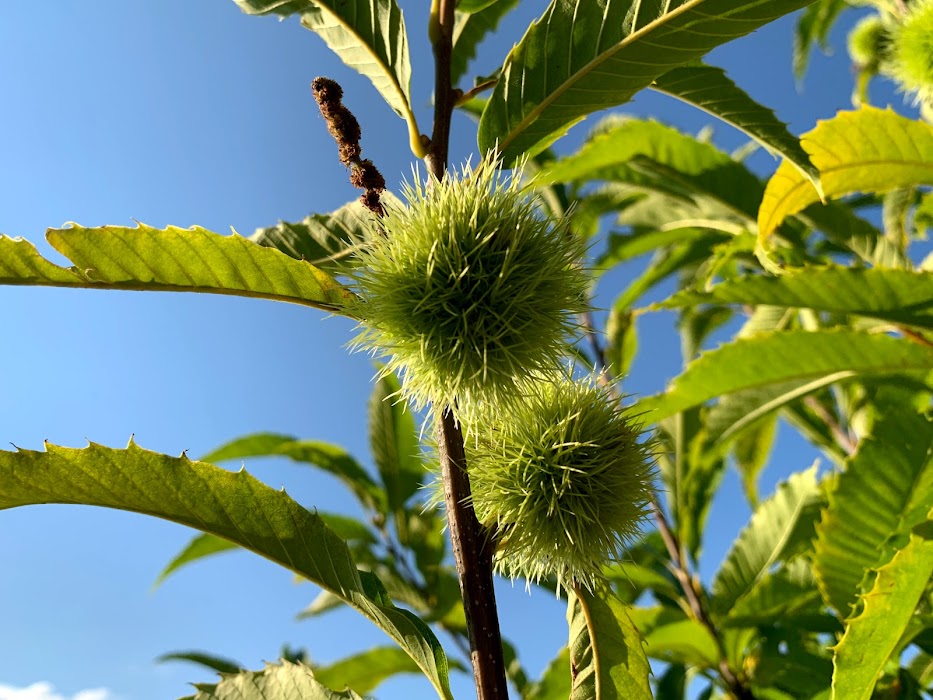Explore Demonstration Gardens and Native Tree Plantings
The Friends of Greenview created demonstration gardens and planted native trees in several areas to support pollinators, showcase food plants, and highlight species like chestnuts and oaks.
Pollinator Garden
Click here to view Pollinator Garden plant list
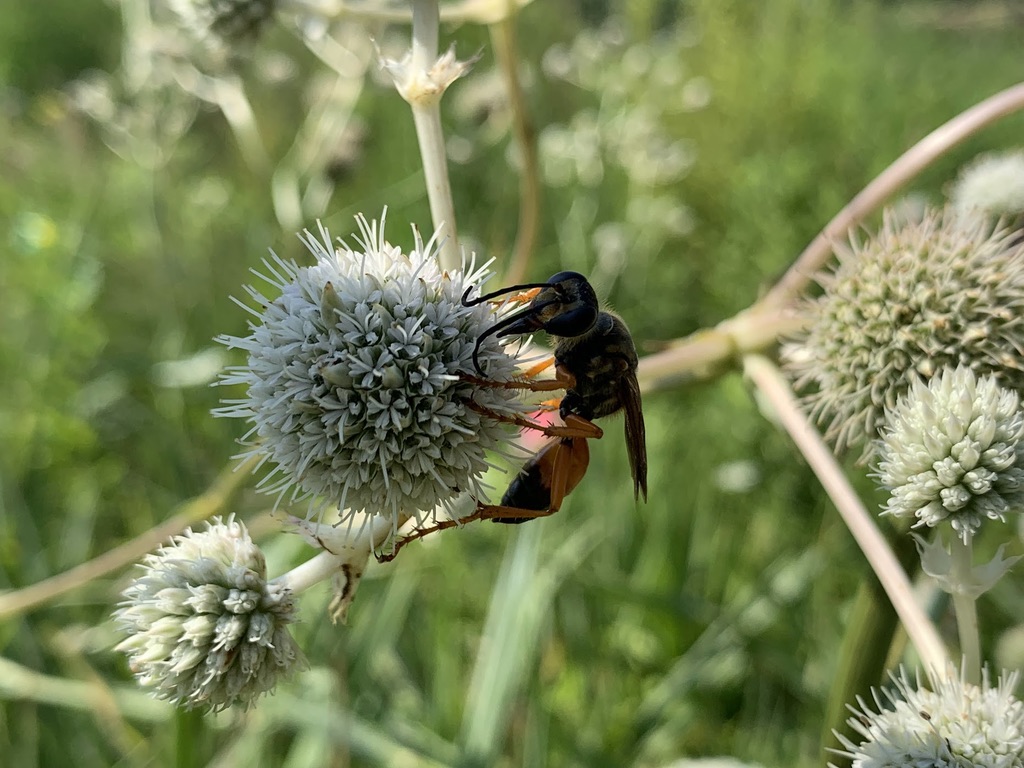

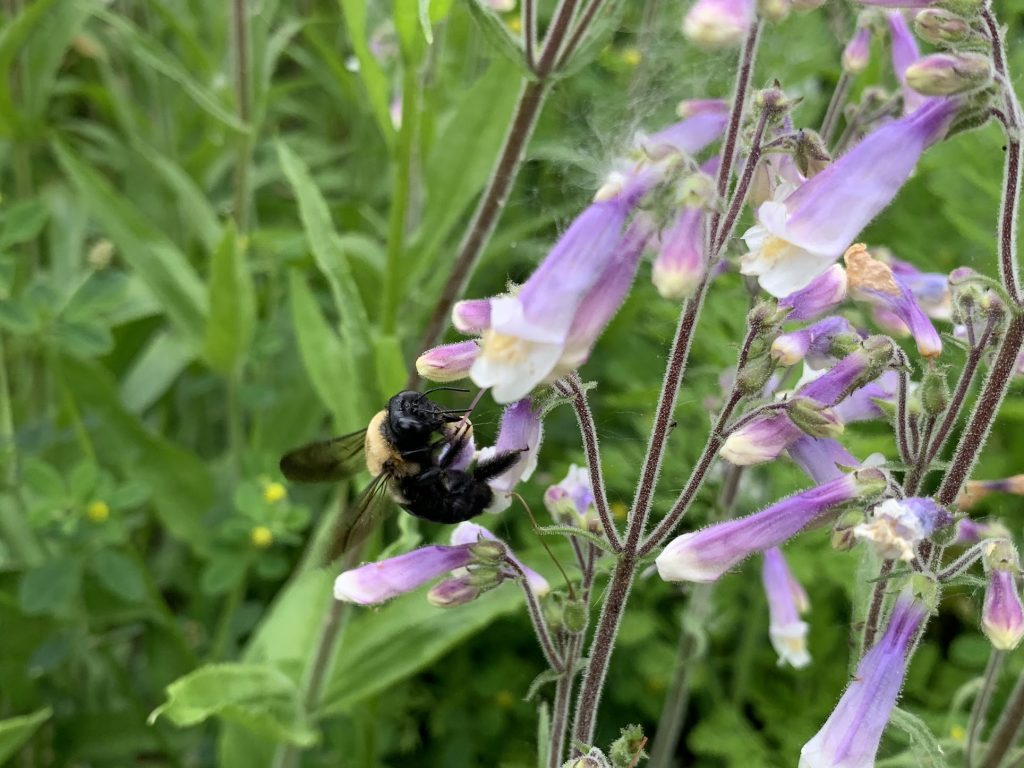
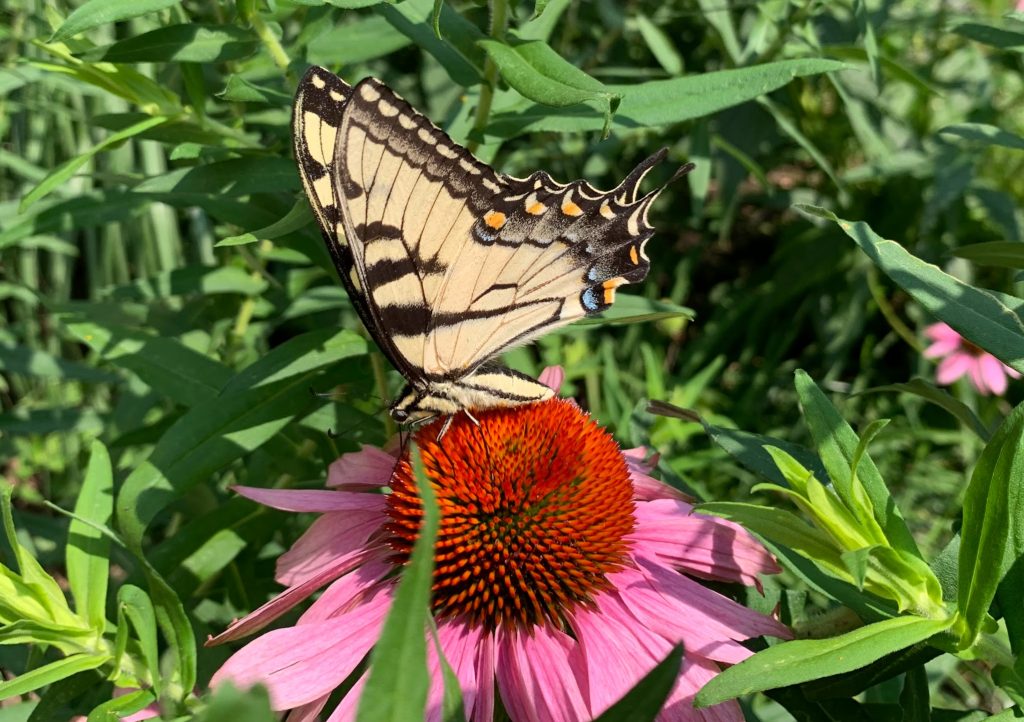
Pollinators are vital to creating and maintaining the ecosystems and habitats that many animals rely on for food and shelter. They also support the reproduction of most flowering plants, and pollination of many crops grown for food. Yet native pollinators like bees, butterflies, and wasps are increasingly threatened by habitat loss.
At Greenview, we’ve created a Pollinator Garden east of the Project Grow site to support these species. By planting native wildflowers, grasses, and shrubs, we provide essential habitat and host plants for native pollinators to thrive.
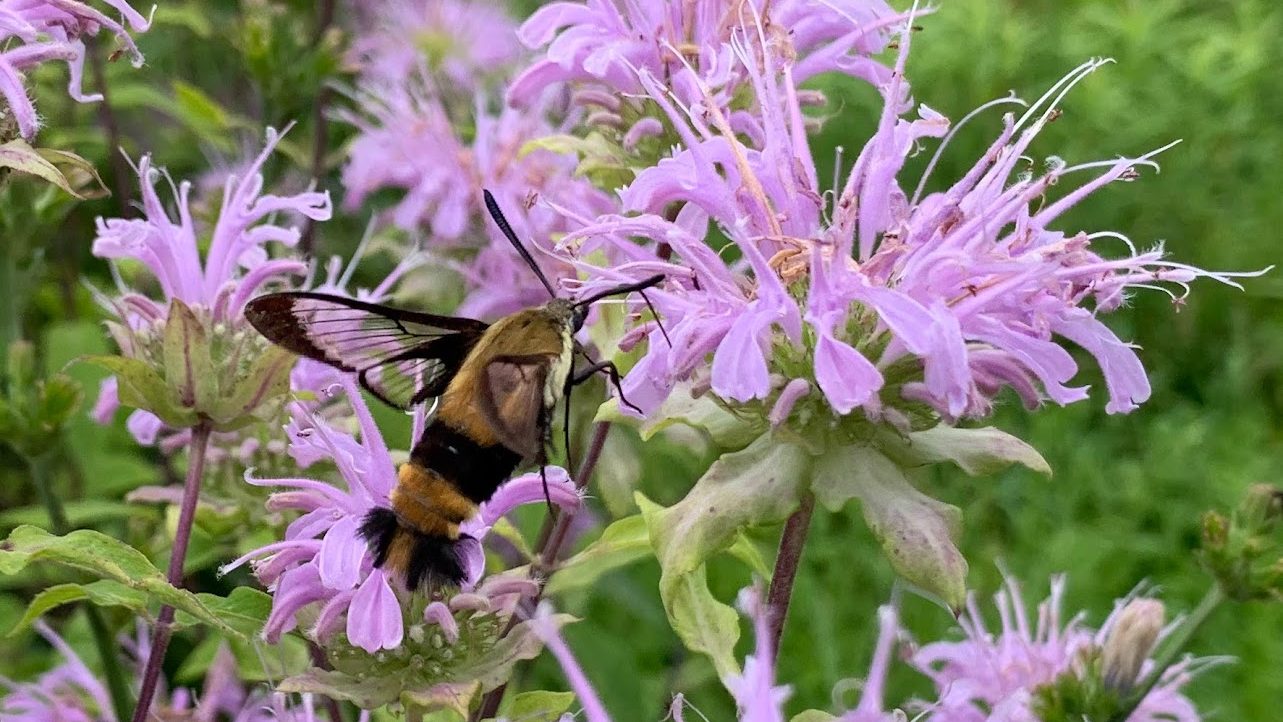
Development and plant purchases for the garden have been made possible through grant funding from Ann Arbor Farm & Garden and the generosity of our donors. The garden also depends on the hard work of dedicated volunteers and interns who plant, weed, and care for the paths.
Seasonal Changes in the Pollinator Garden
The Pollinator Garden offers something beautiful in every season. From early spring through late fall, vibrant blooms delight pollinators and visitors alike, providing an opportunity to learn about native plants.
In late May and June, the garden fills with color from early summer-blooming wildflowers such as bergamot, foxglove, purple coneflower, nodding onion and butterfly weed.

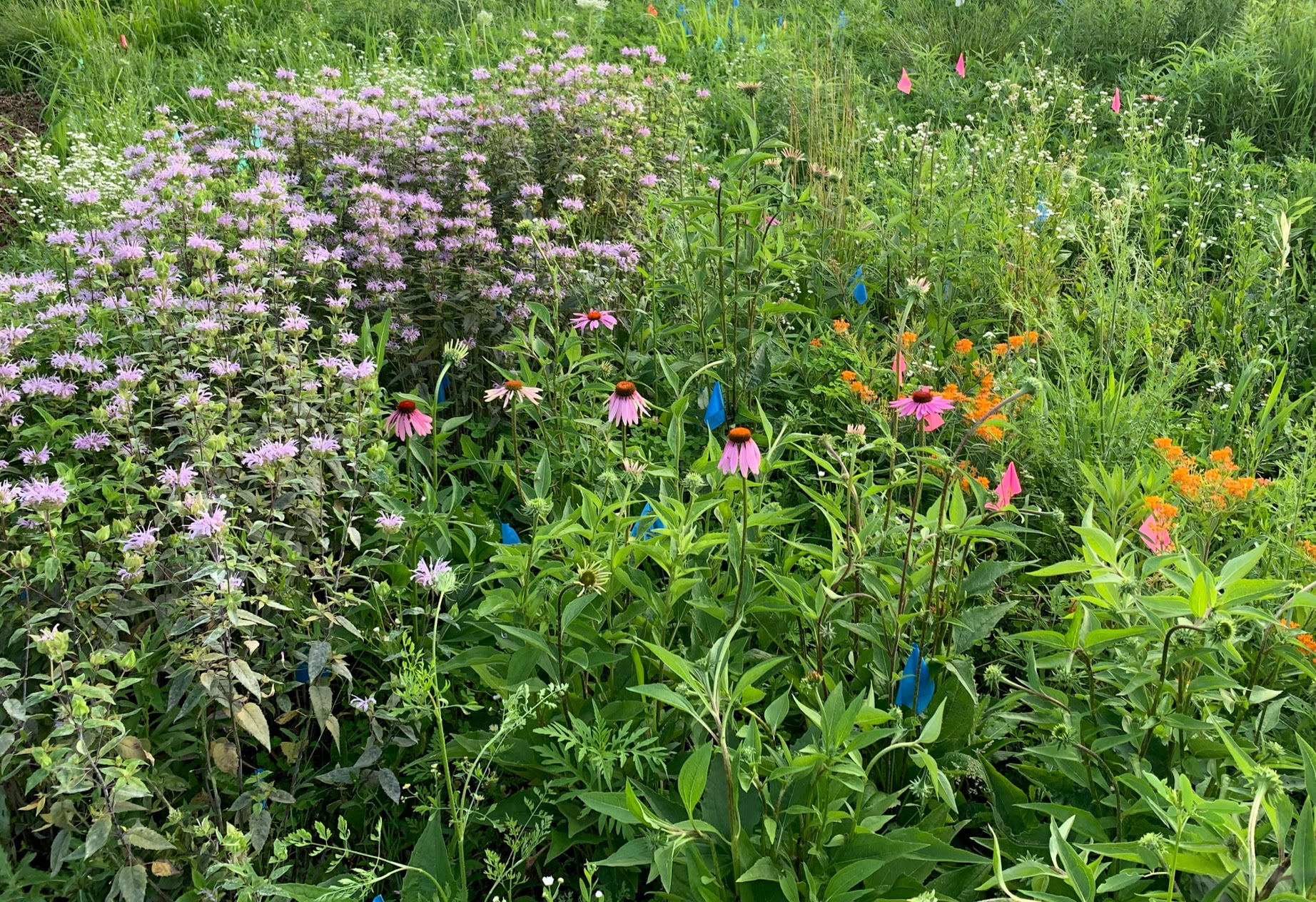
In July, summer heat brings a burst of wildflowers to the garden, including milkweeds, Ironweed, yellow coneflower, and Mountain Mint.
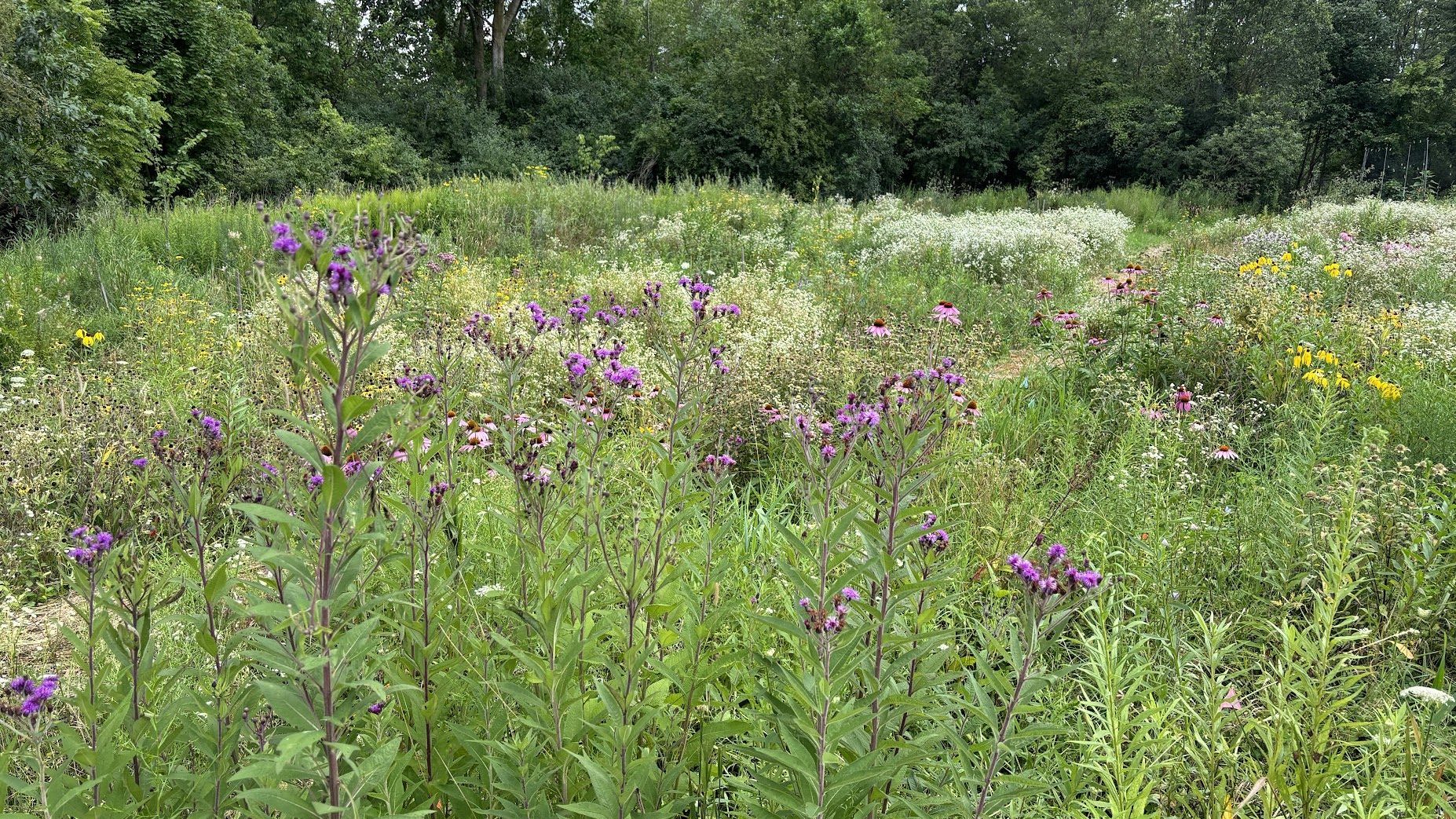
In the heat of August and into September, many wildflowers and grasses flourish, including native sunflowers, Joe-Pye Weed, Brown-eyed Susan, Boneset, Rattlesnake-master, and goldenrods, all attracting a wide variety of pollinators.
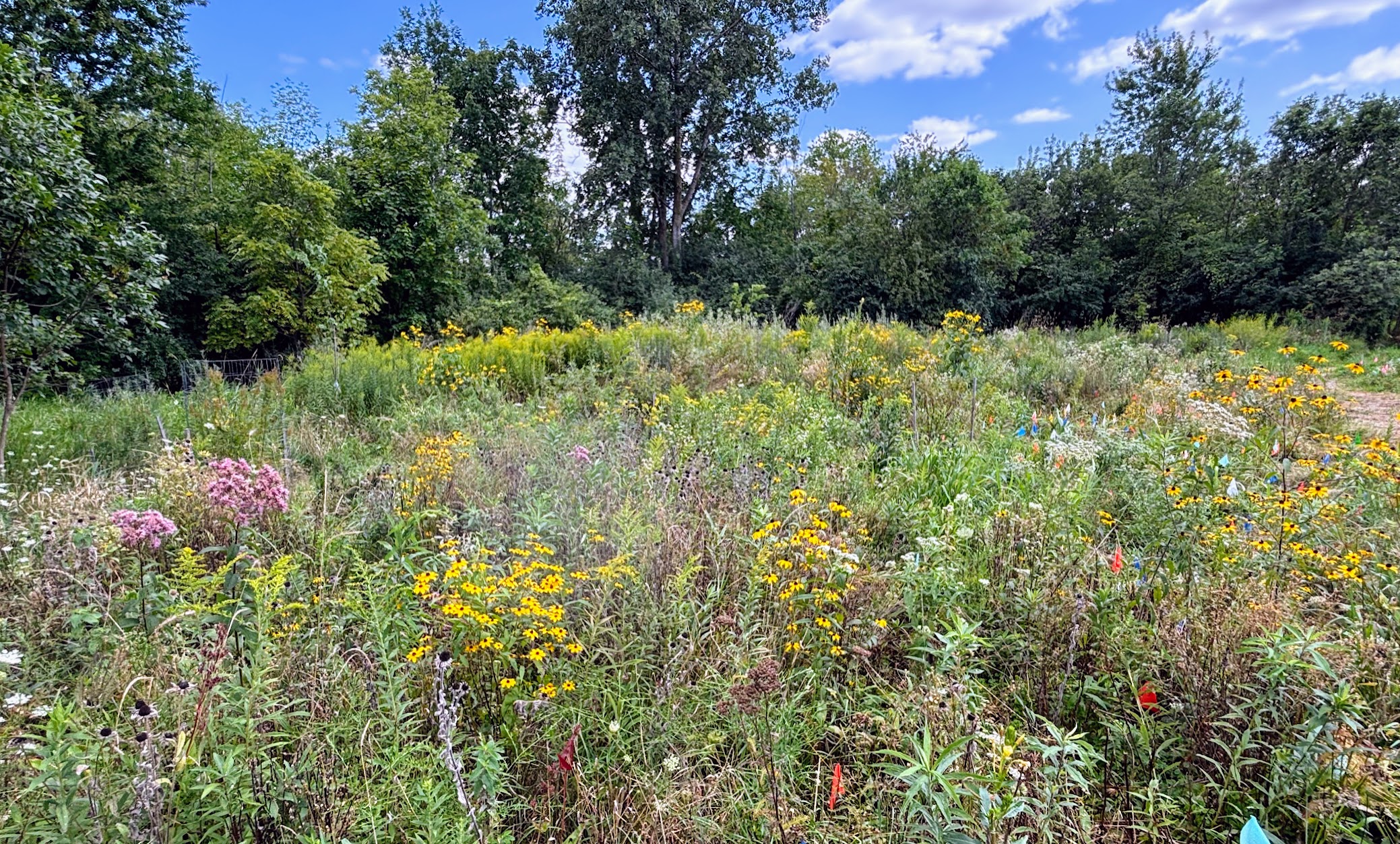
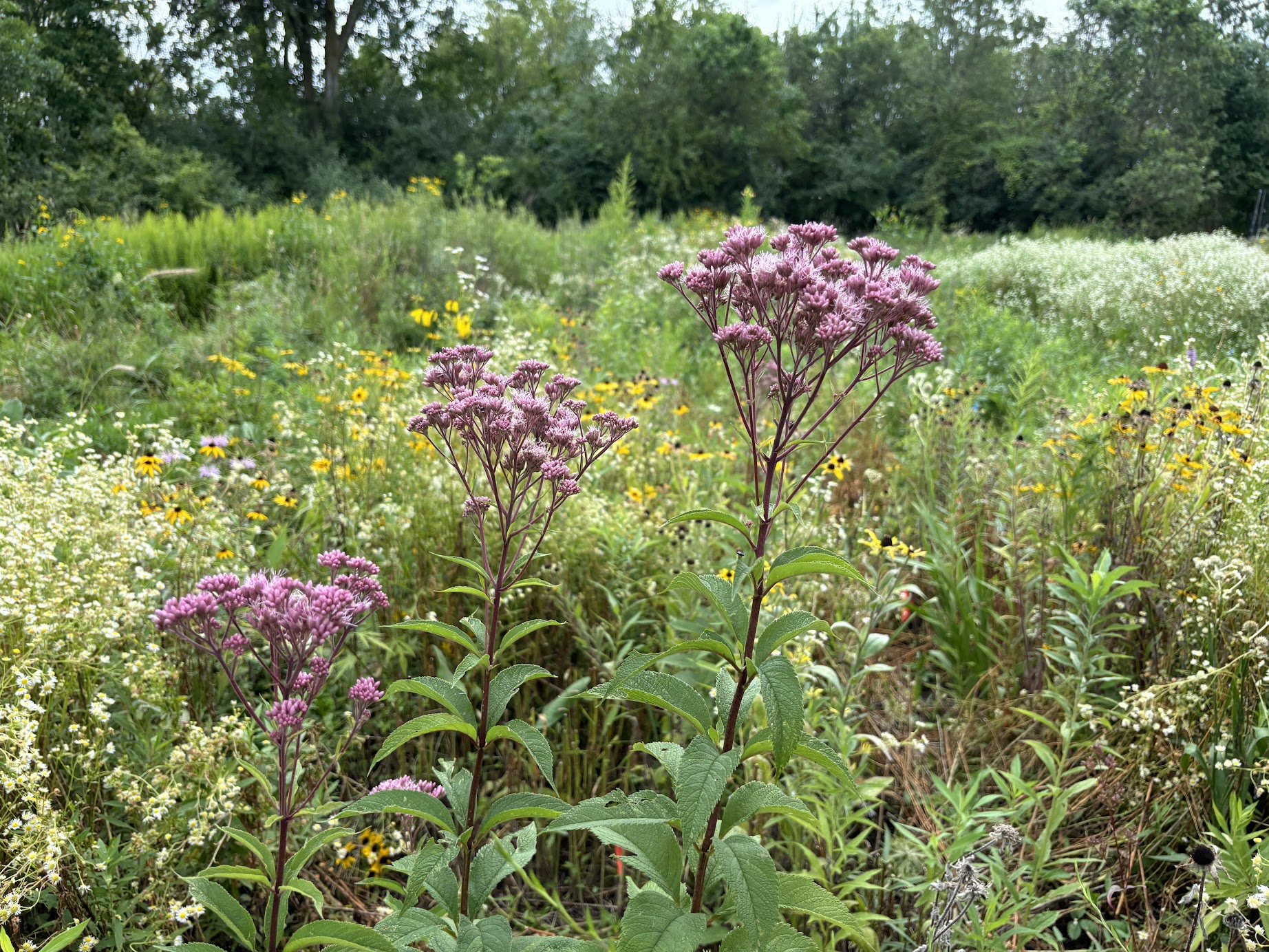
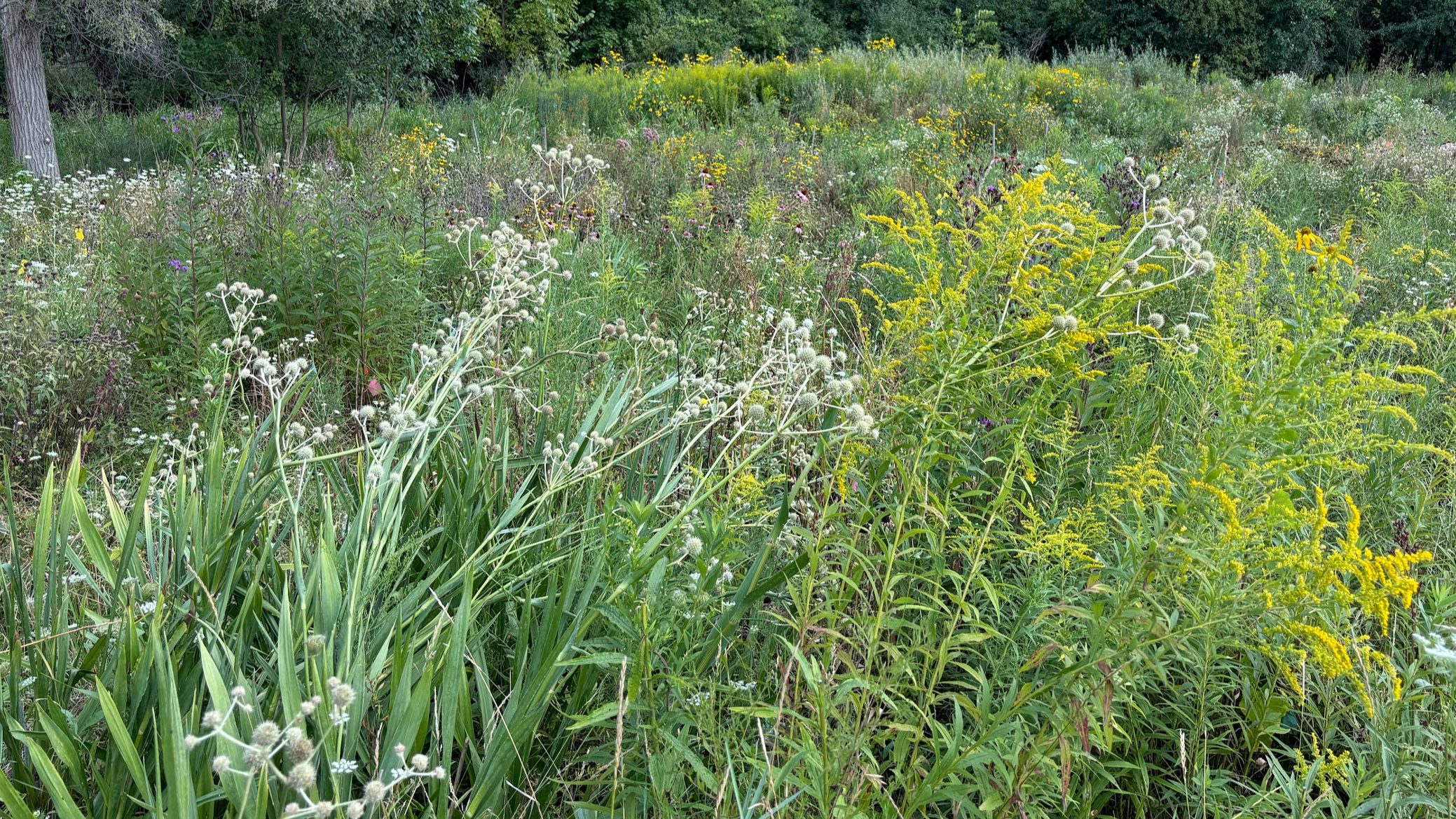
In October, asters take center stage, filling the garden with plumes of white and shades of purple. Among them are Heath Aster, Sky-blue Aster, and New England Aster.
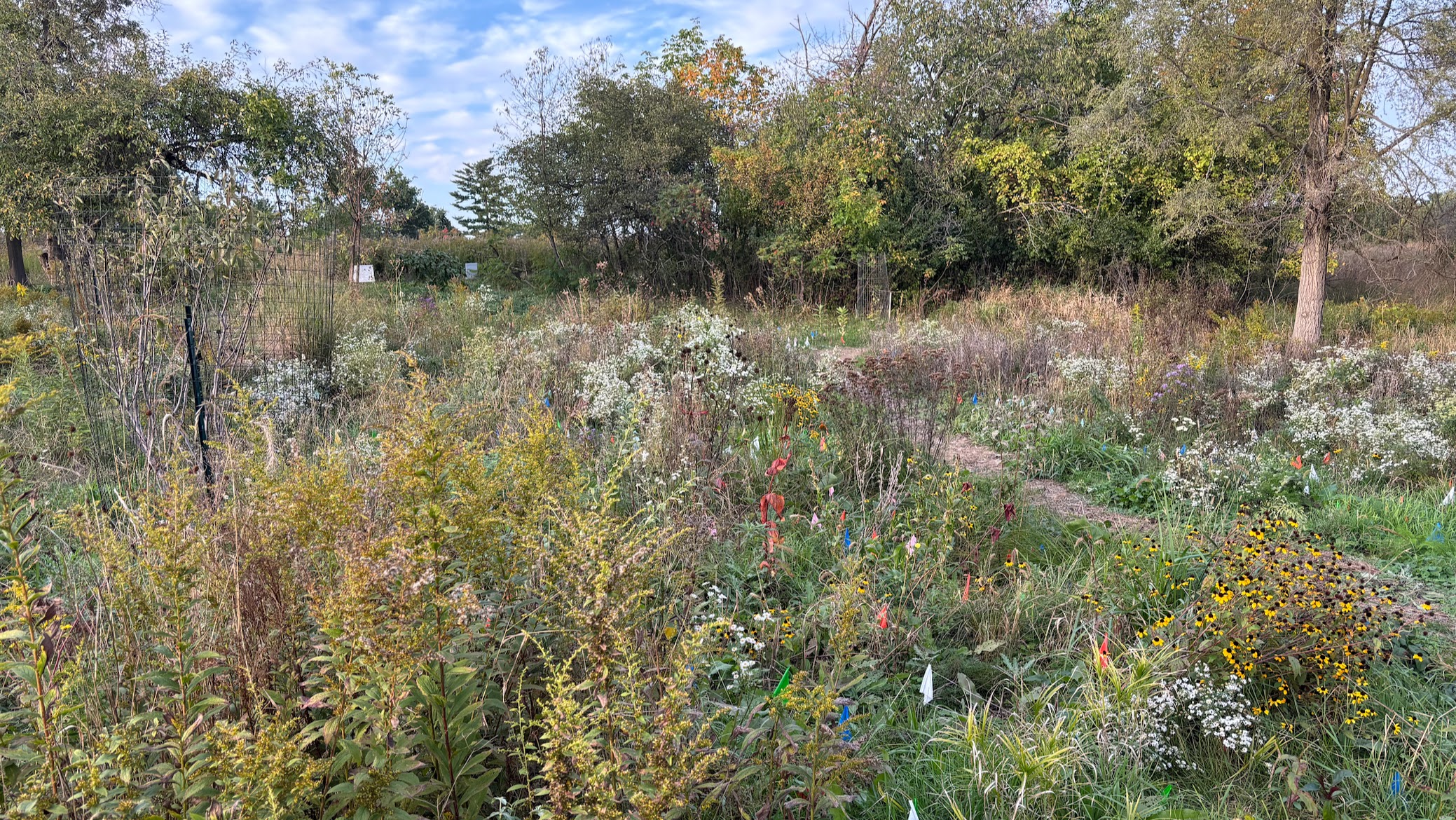
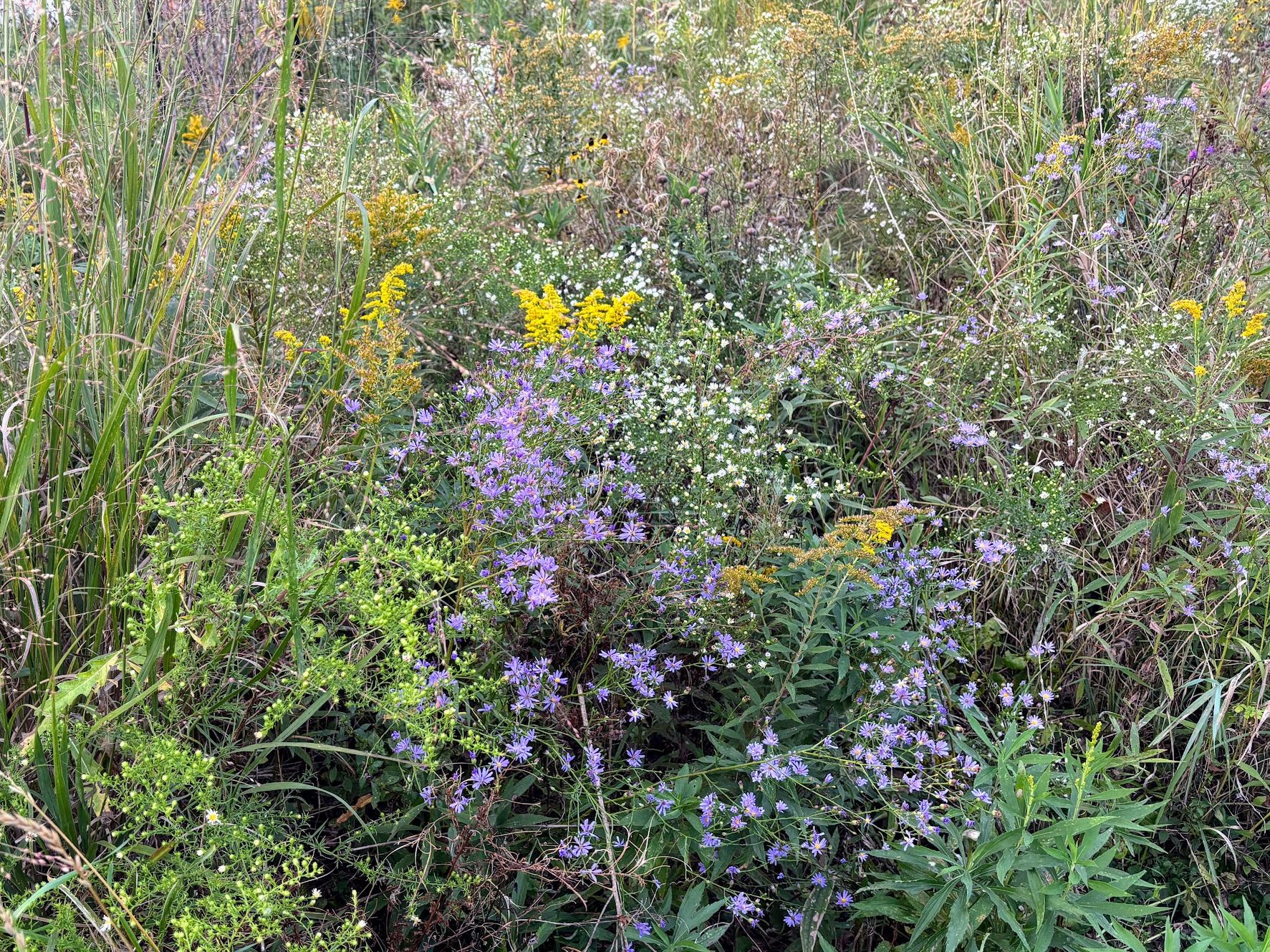
In November, with cooler temperatures, plant foliage takes on vibrant fall colors, while seed heads and grass plumes add texture and interest.

During the winter months, seed heads and grasses continue add texture and interest, especially when lightly dusted with snow.
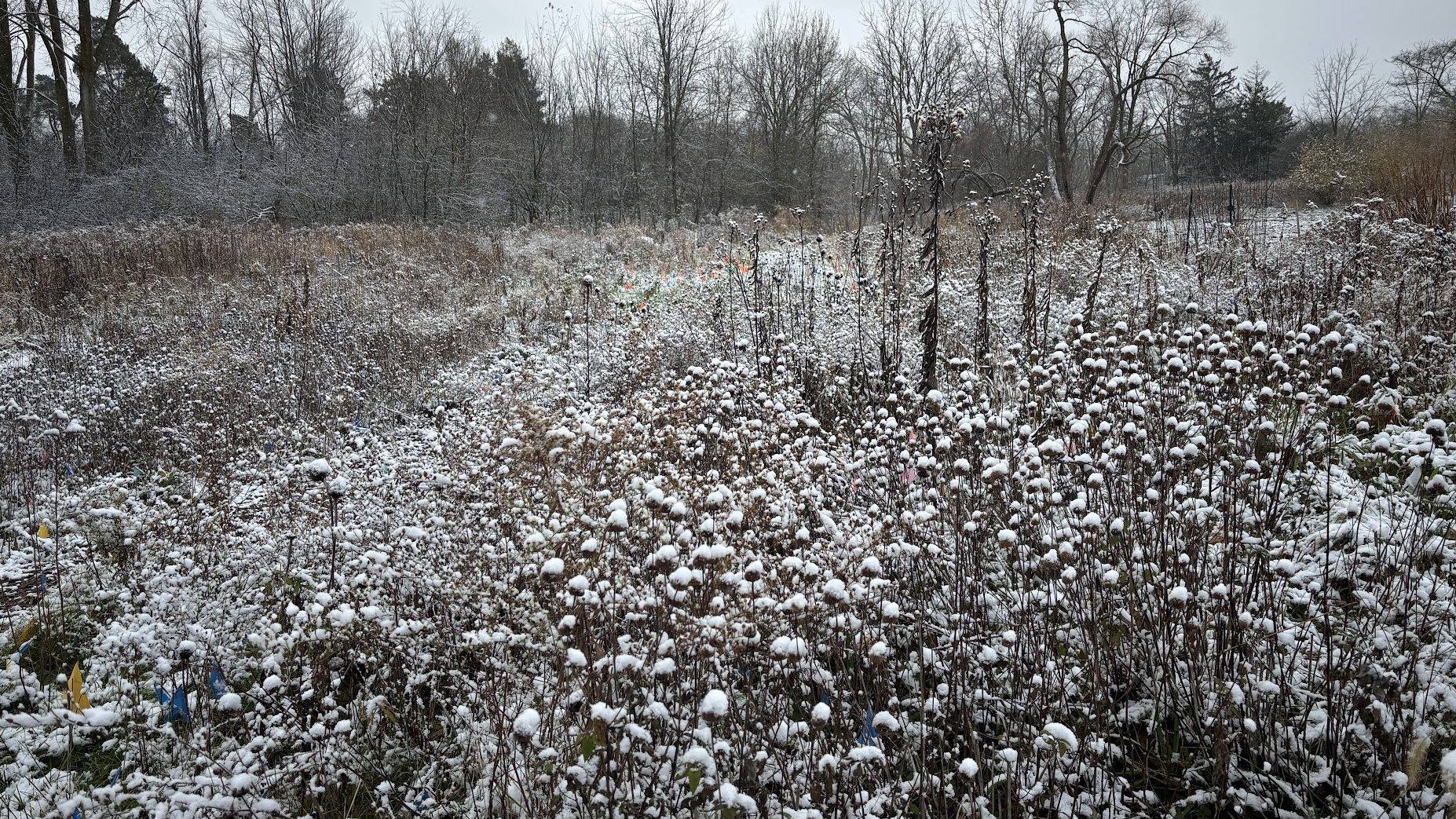
Garden Creation and Stewardship
The Pollinator Garden is still taking shape, with years of development ahead. Friends of Greenview plans to continue improving the garden by expanding the collection of native plants and developing stewardship approaches for a sustainable native landscape.
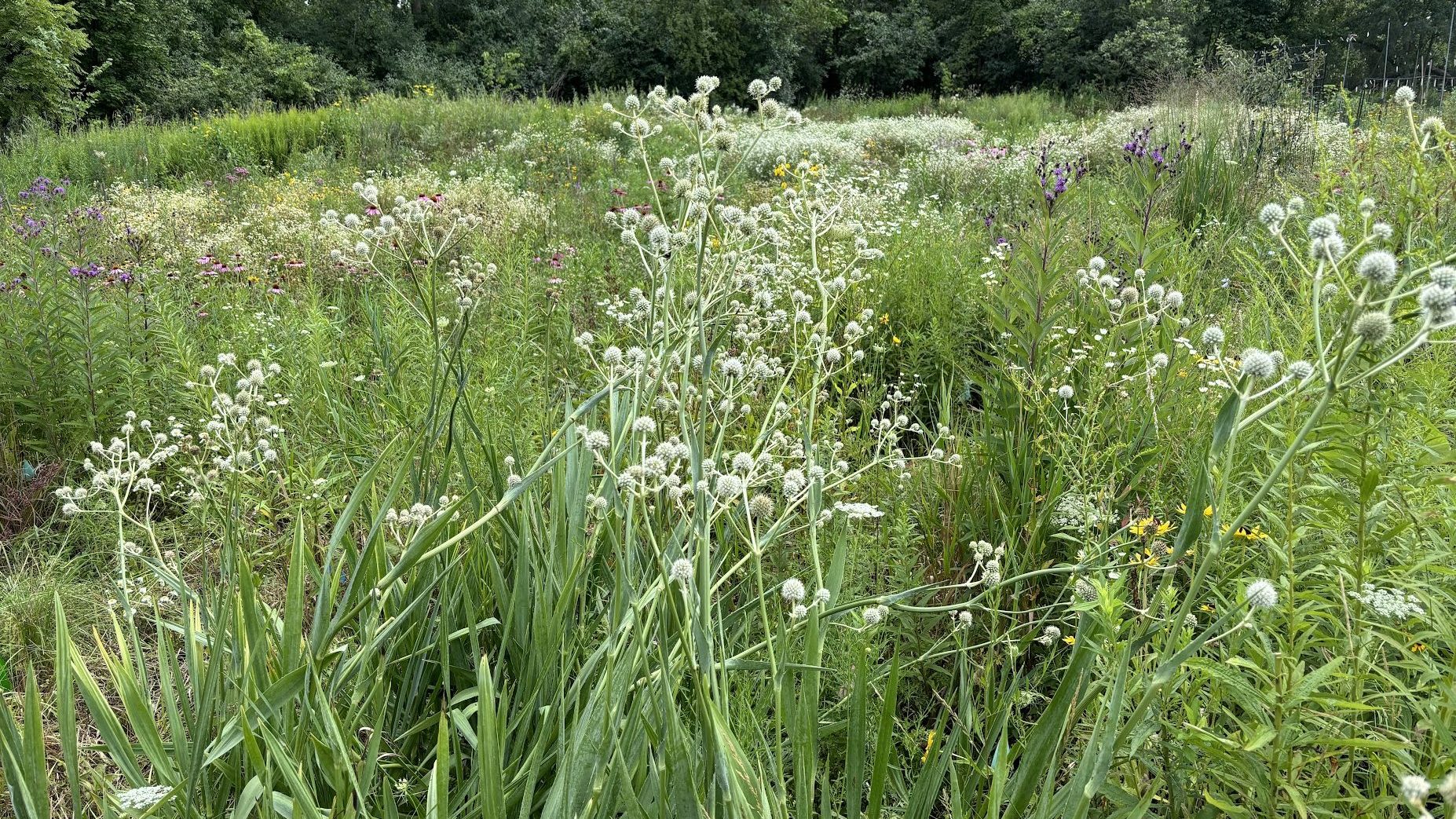
Efforts to establish a dedicated space for native wildflowers at Greenview began several years ago. In 2022, we expanded the site to a ¼-acre area and prepared it using environmentally friendly methods. The soil was tilled, solarized, and mulched with wood chips to suppress non-native plants. The area was then seeded with a mix of annual pollinator flowers and a cover crop.


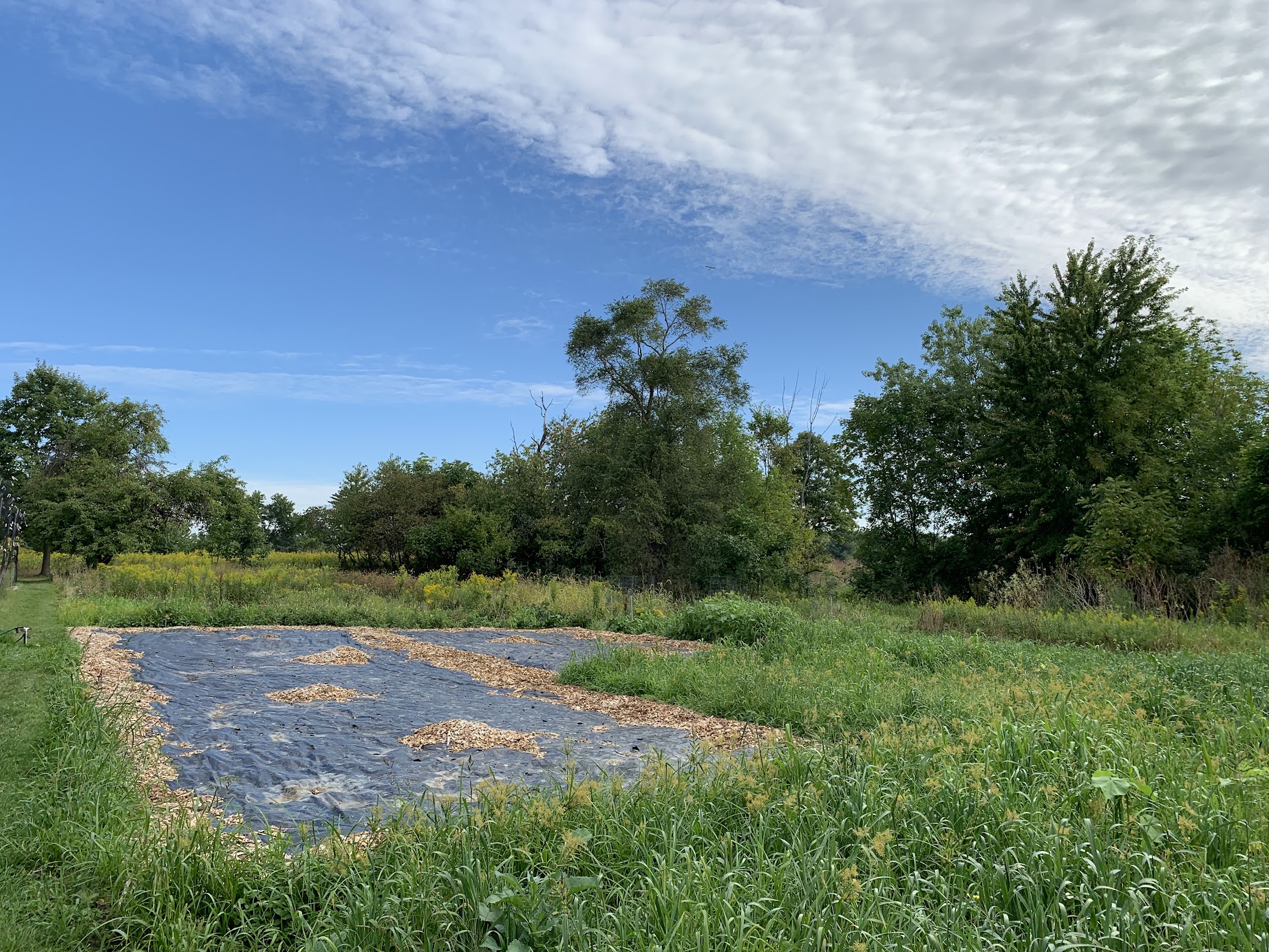

Work on the expanded garden area continued in 2023. Friends of Greenview volunteers developed planting strategies, added new mulch paths, and managed weeds. We introduced several new varieties of wildflowers and grasses, planting over 200 plugs of native species, including pollinator favorites like broadleaf mountain mint, prairie dock, and white wild indigo. Additionally, we purchased and planted several shrubs, including aronia and viburnum.
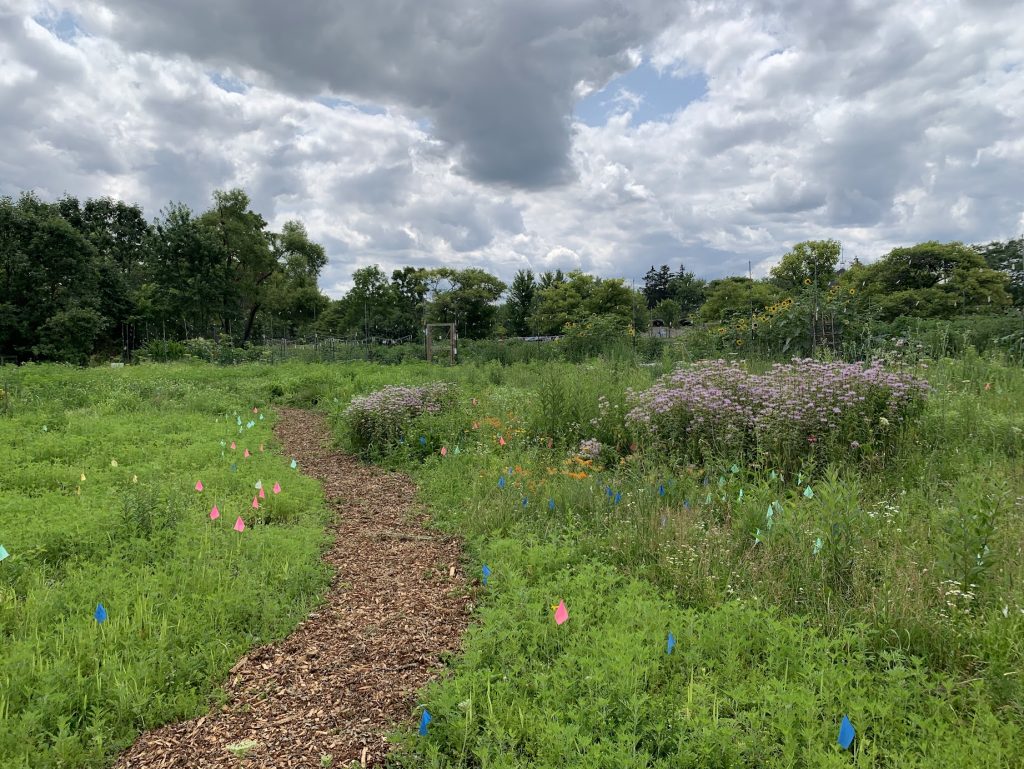
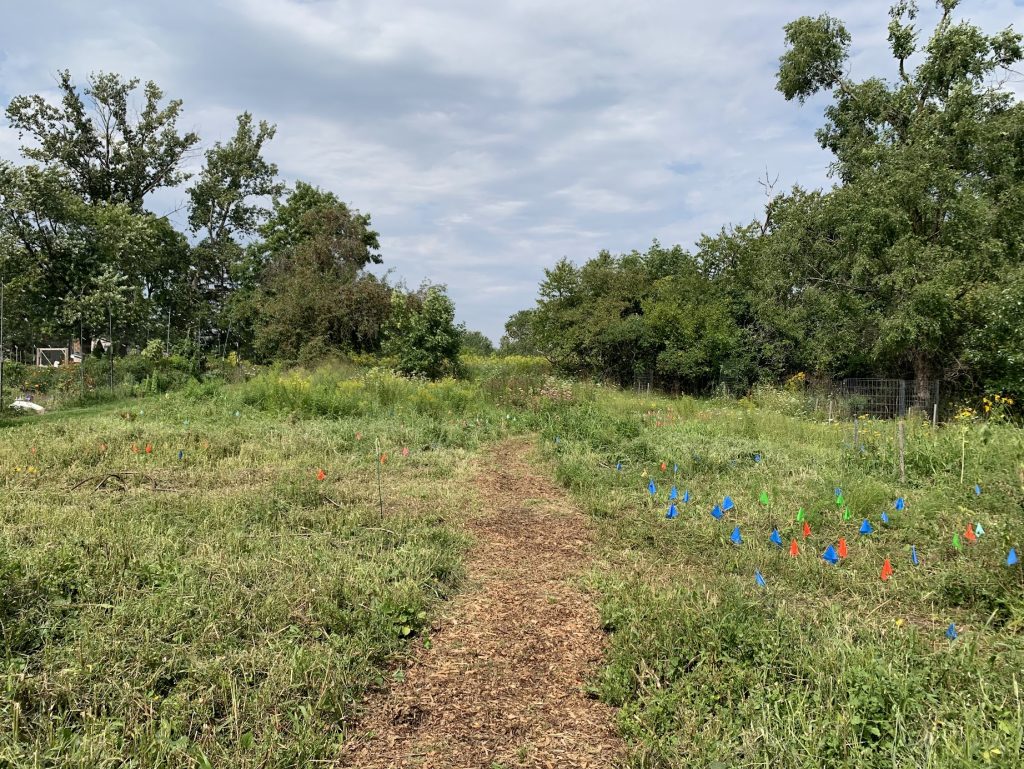


In 2024 and 2025, we continued our work in the Pollinator Garden, enhancing its beauty and plant diversity. More than 200 native wildflower plugs and grasses were added, including rattlesnake-master, sunflowers, blue lobelia, Ohio goldenrod, asters, and milkweed. We also planted serviceberry trees. Volunteers helped with planting, weeding, and maintaining the paths.
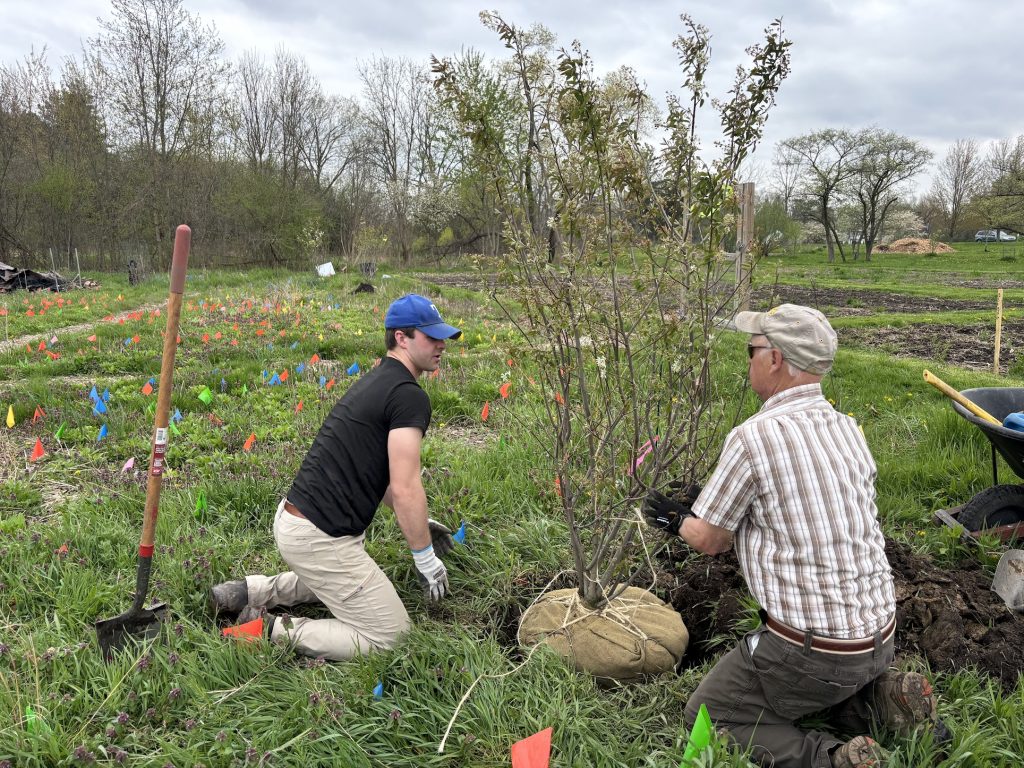

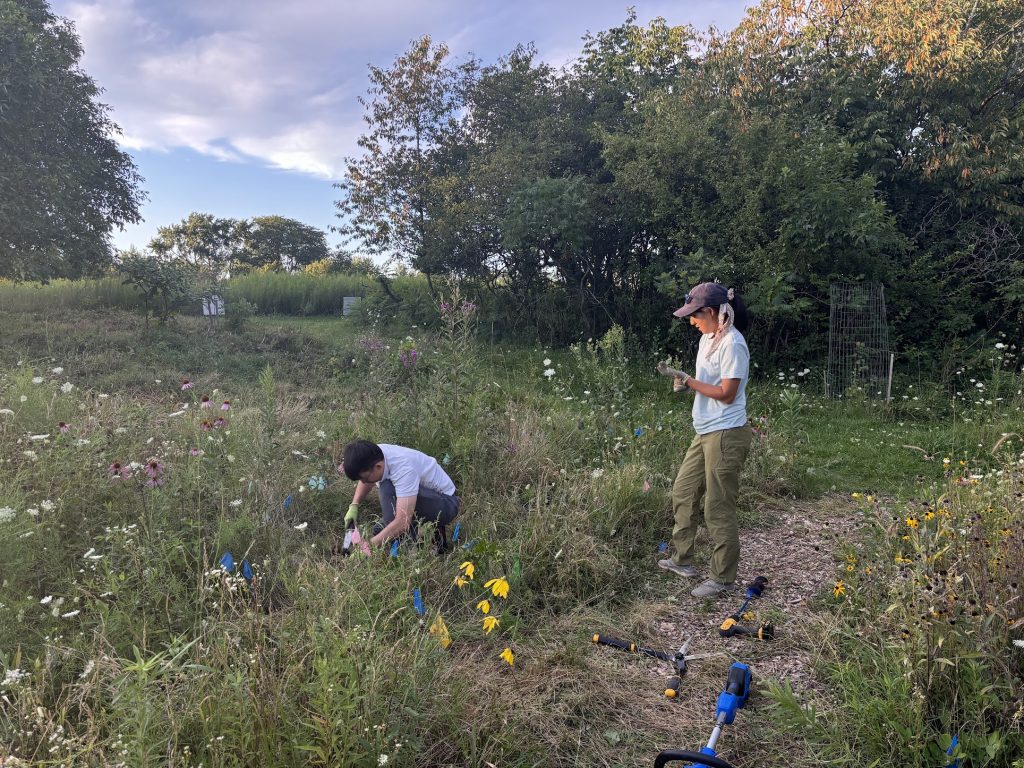
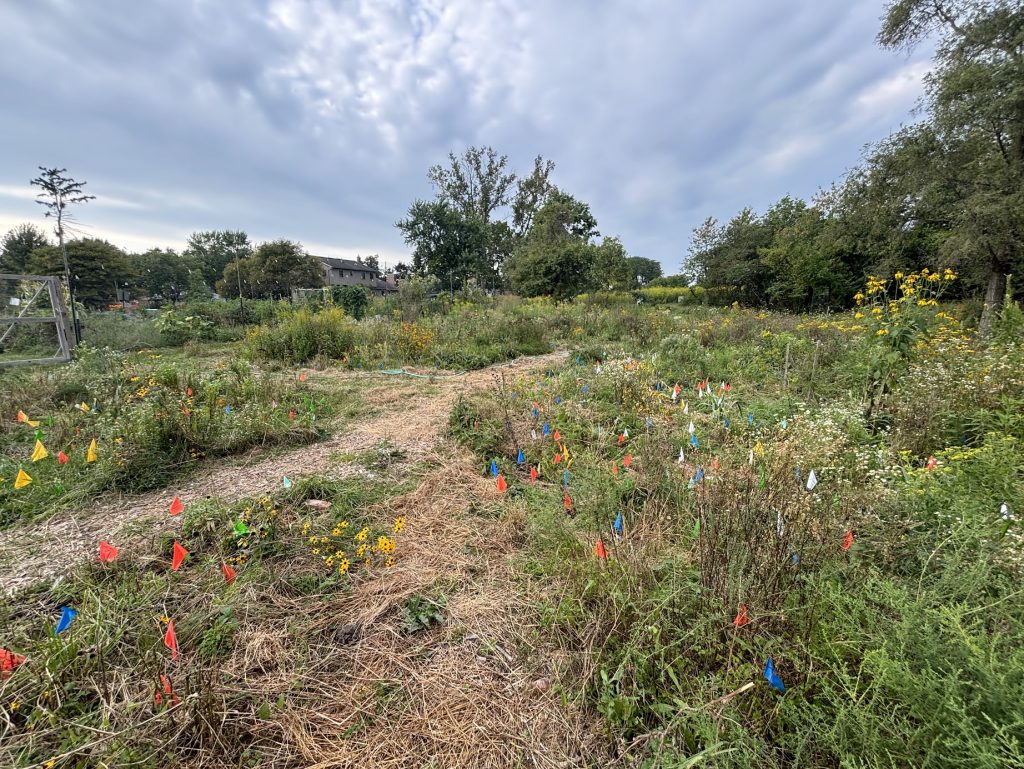
Pollinator Garden Plants
Here’s a list of native plants you can find in the Greenview Pollinator Garden. Each one links to more information from the University of Michigan Herbarium.
Spring and early summer
Here are some spring and early summer blooming plants you might find in the Pollinator Garden.
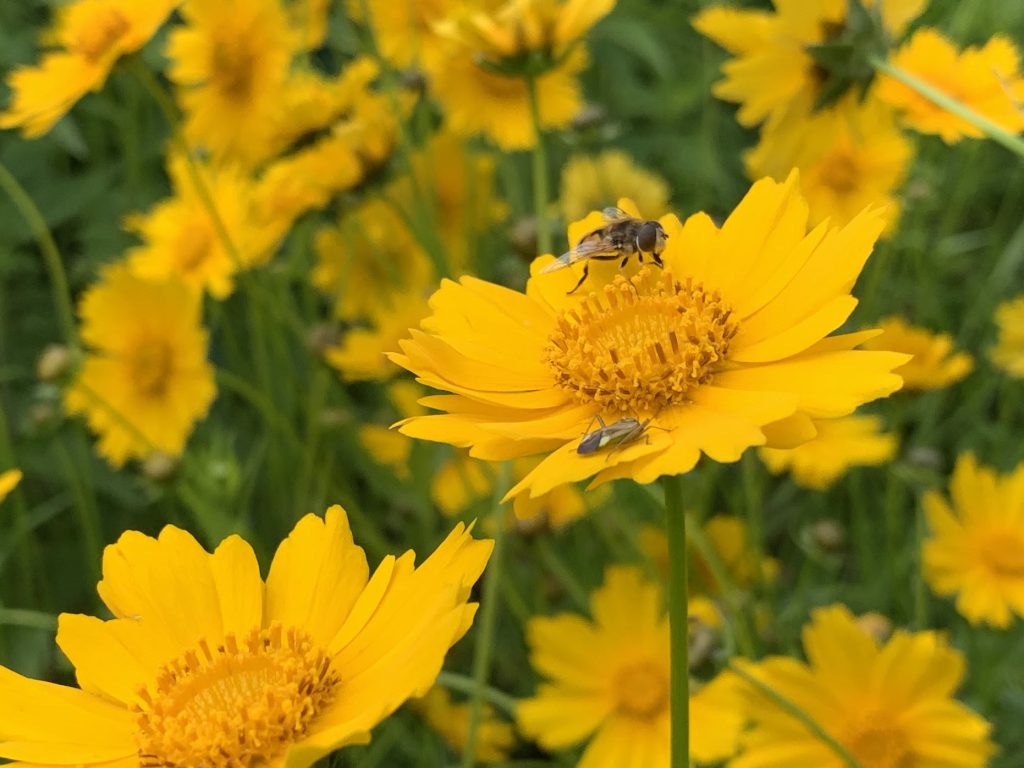
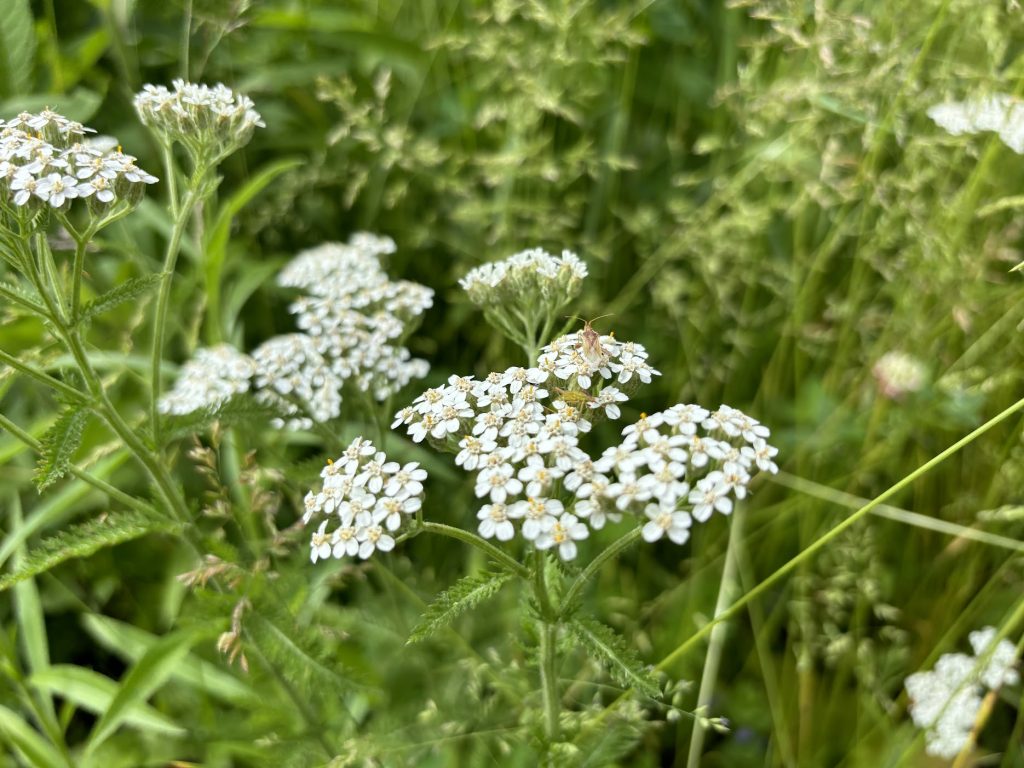
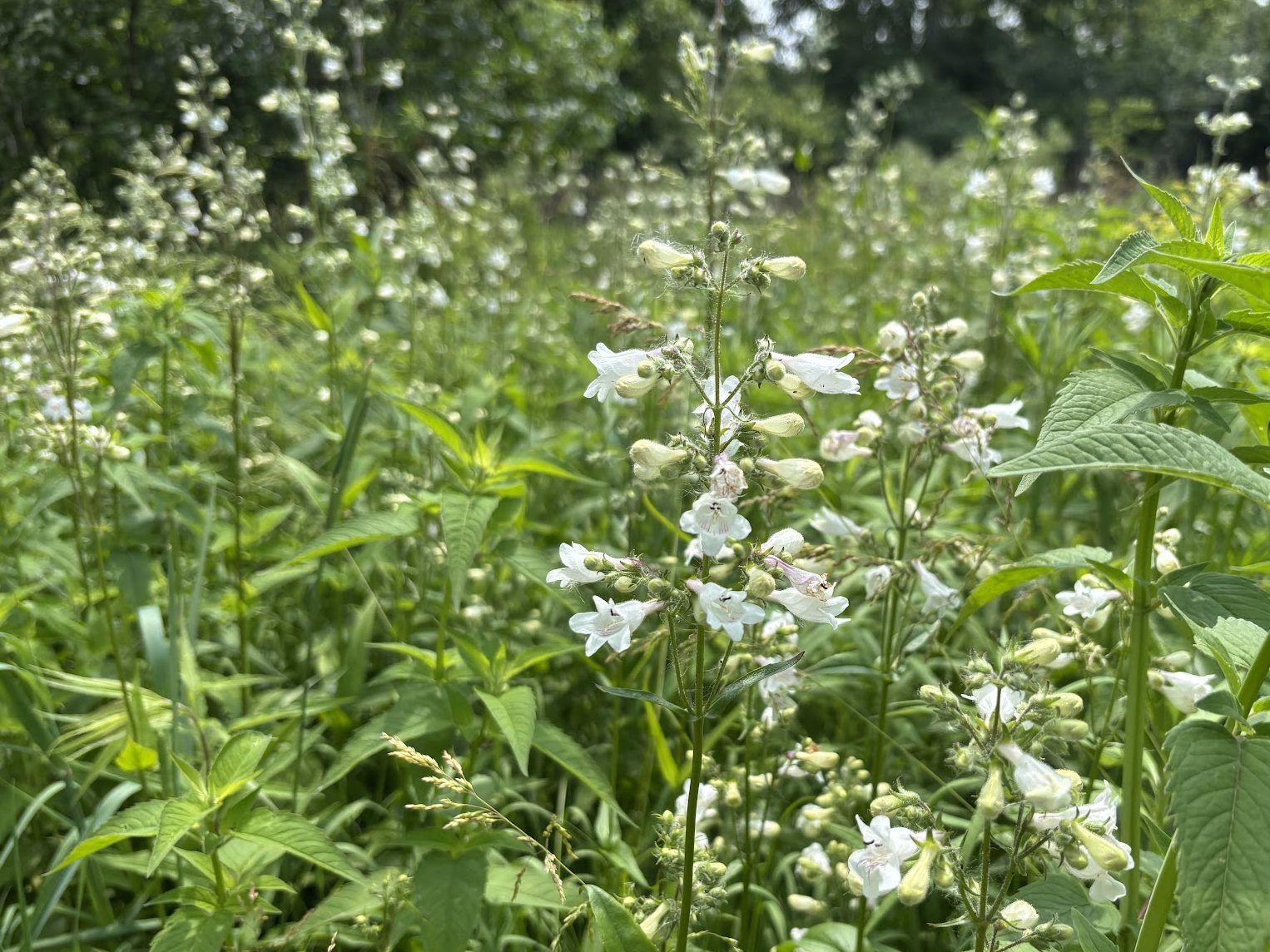
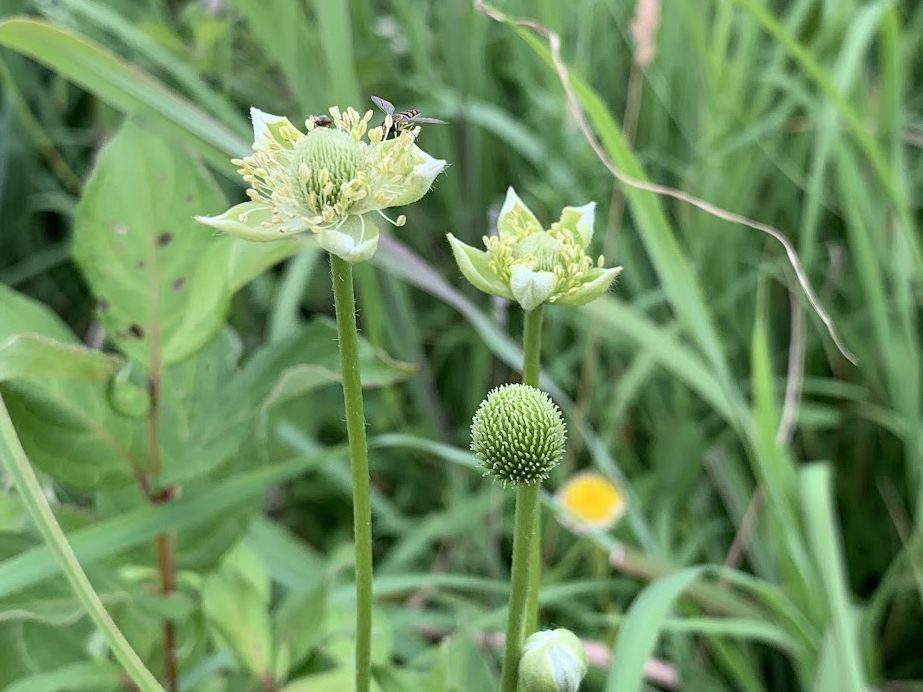
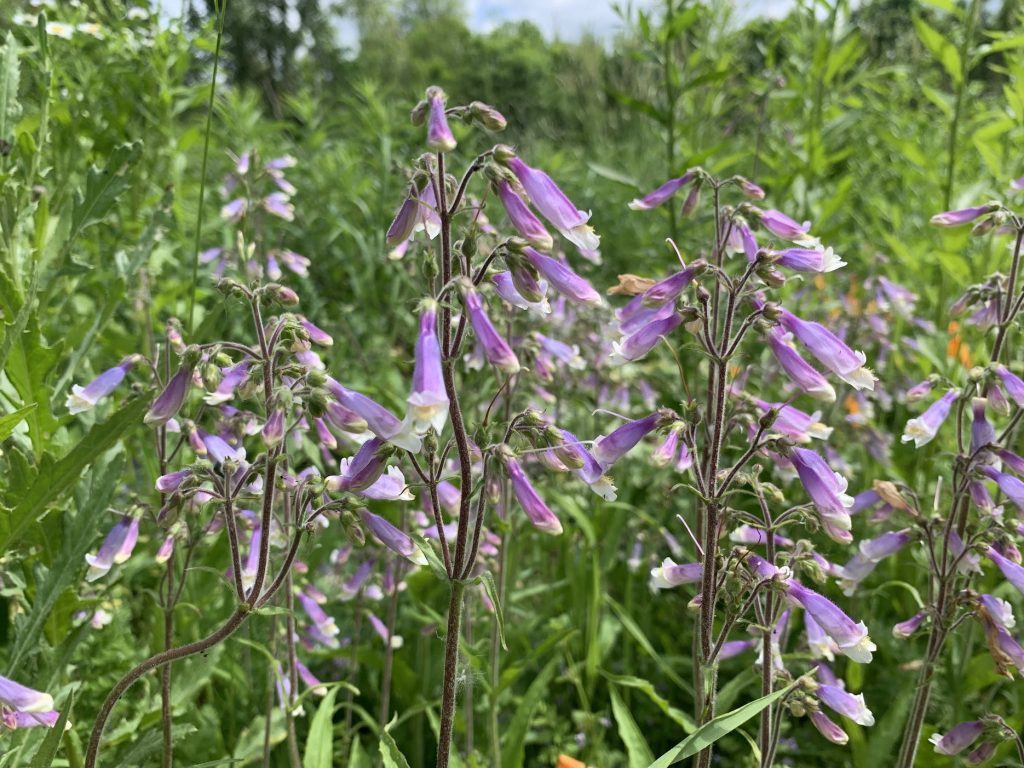

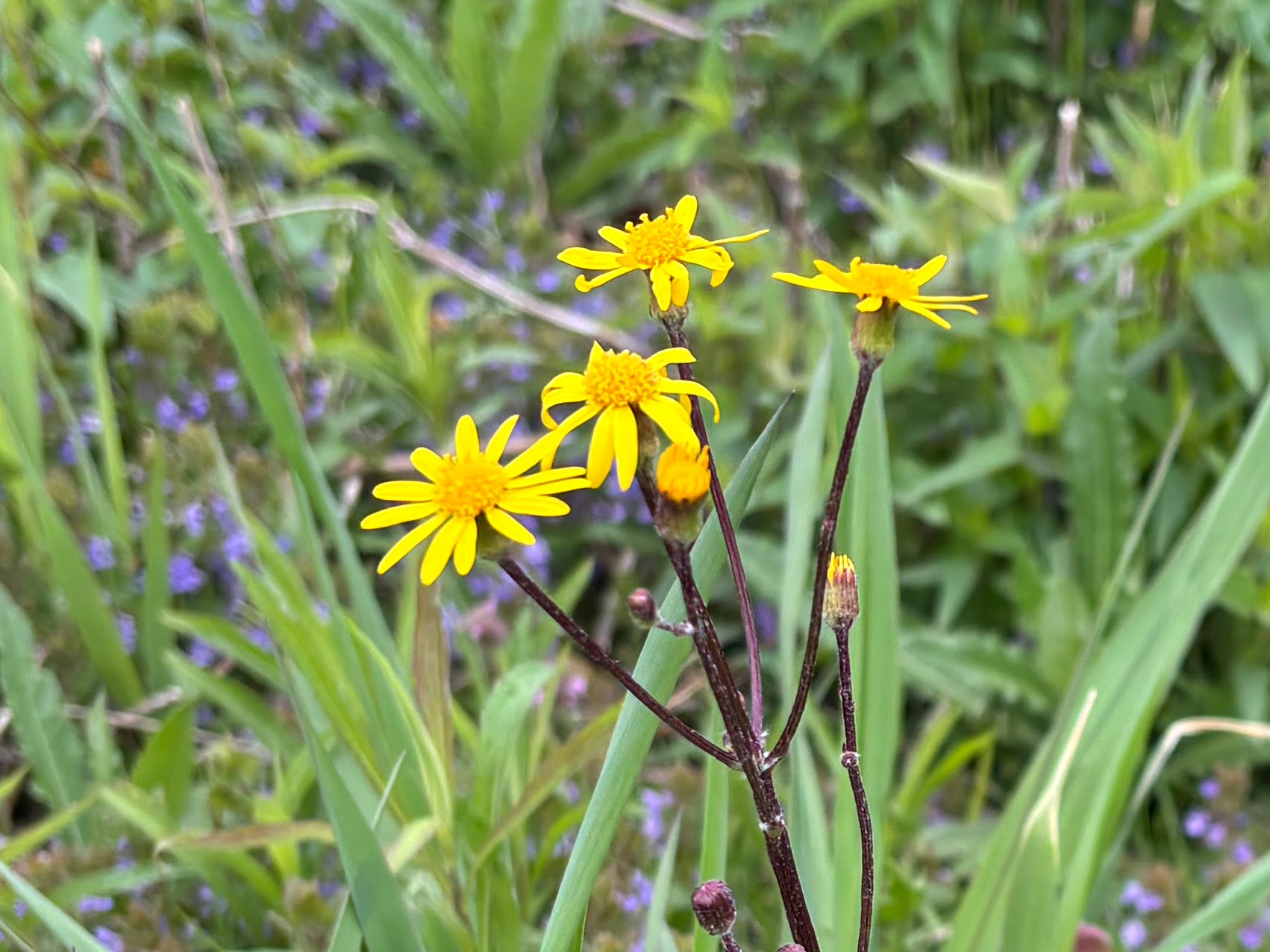
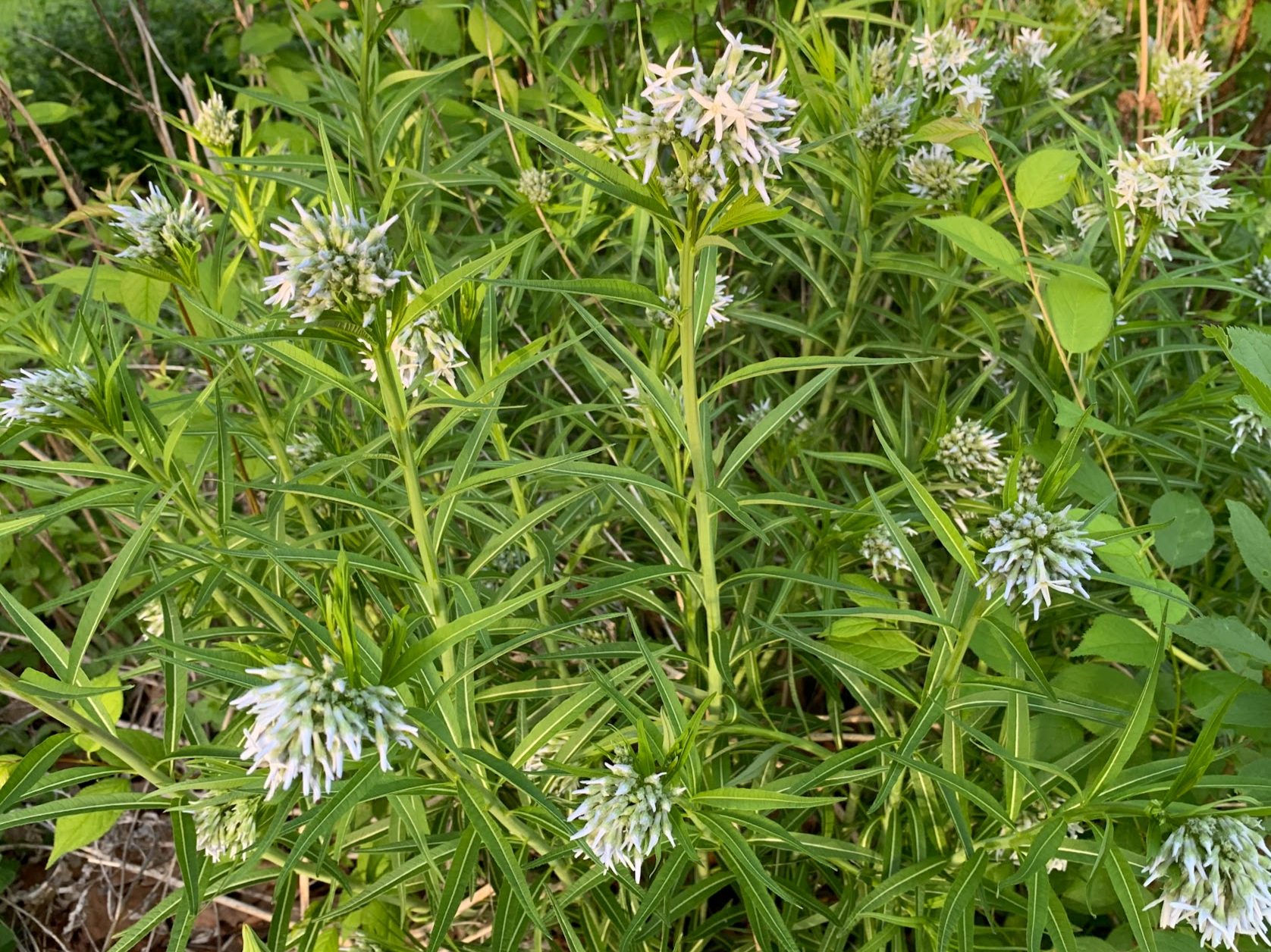
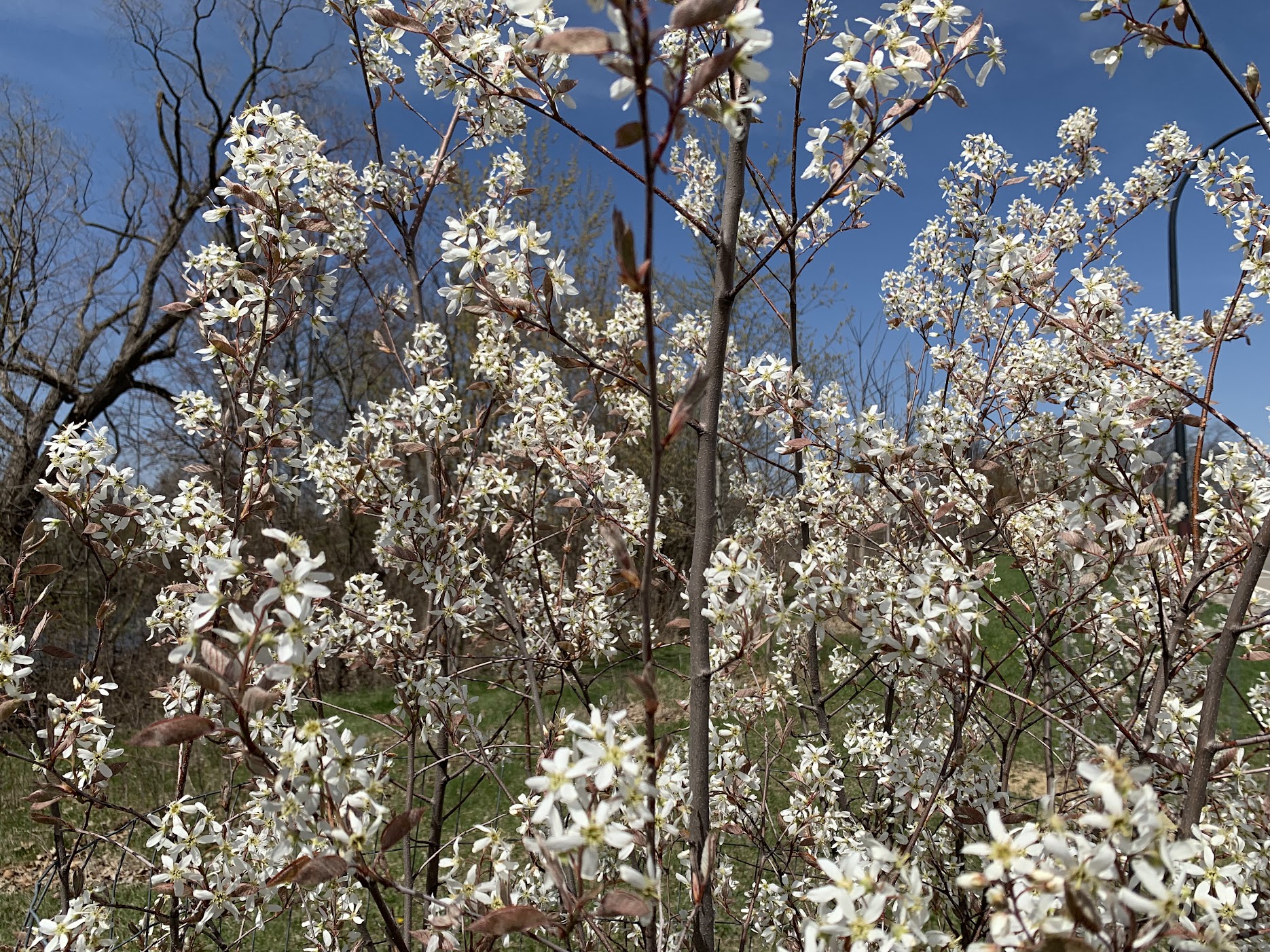

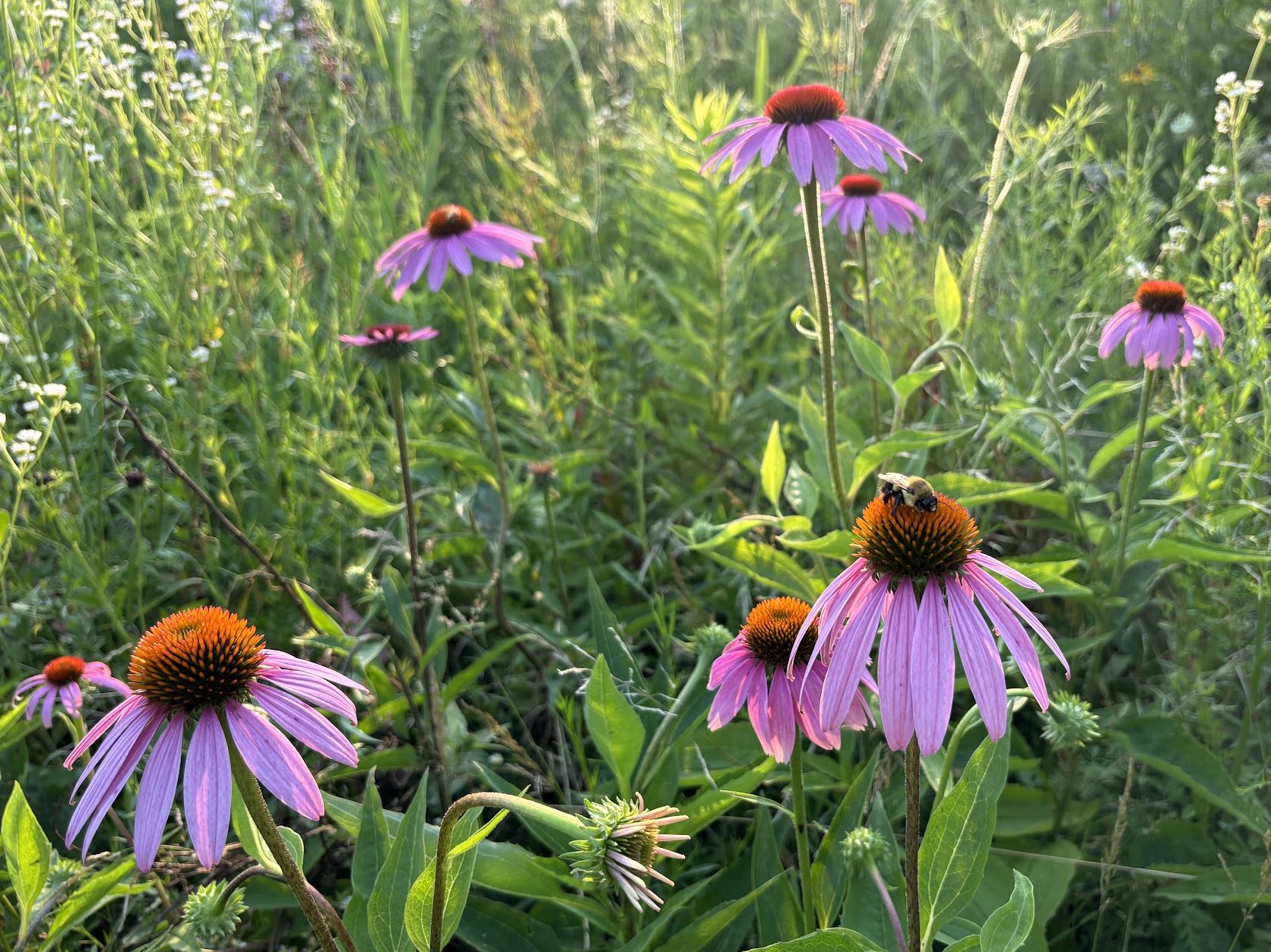


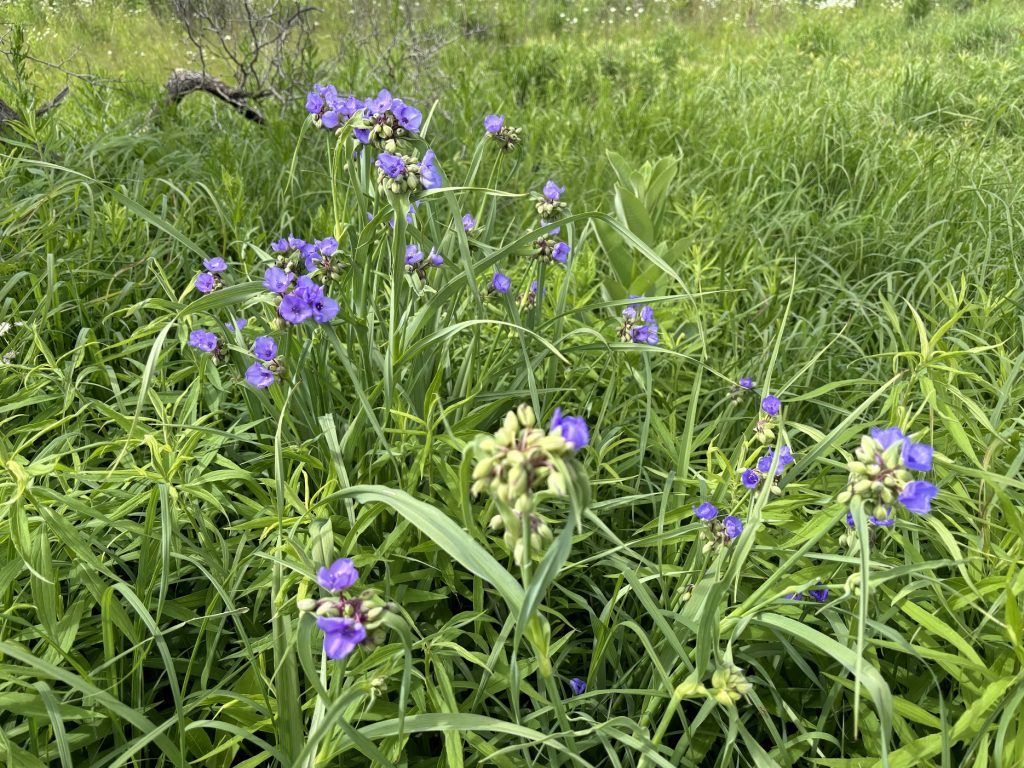
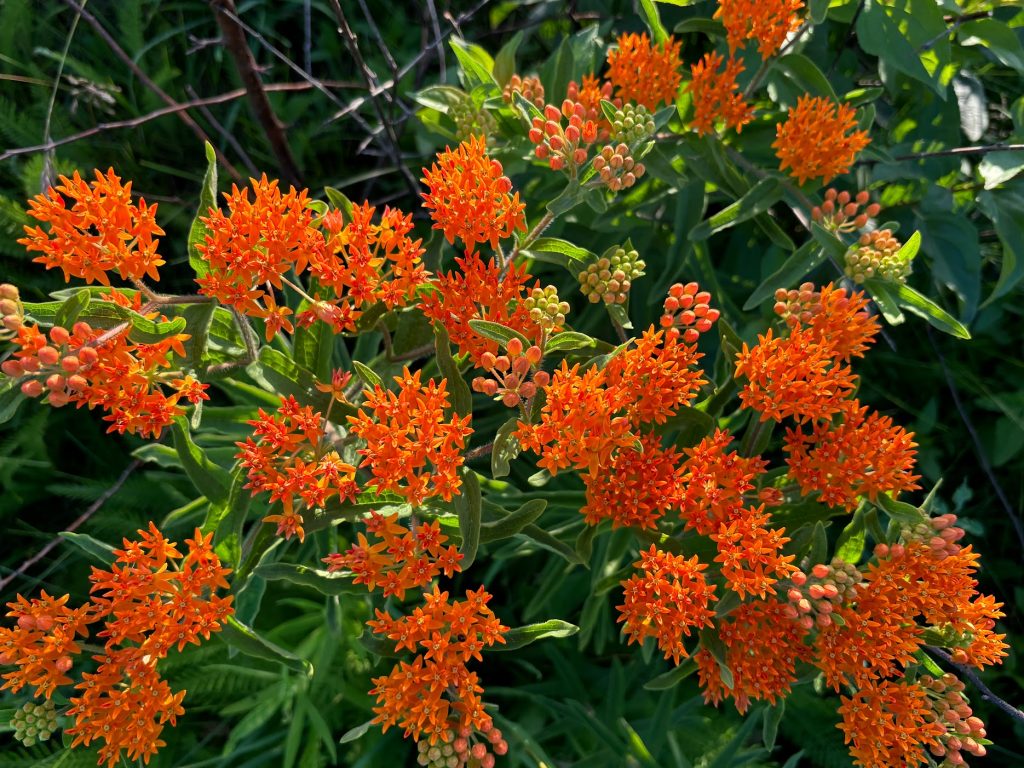
Mid-summer
Here are some mid-summer blooming plants you might find in the Pollinator Garden.

